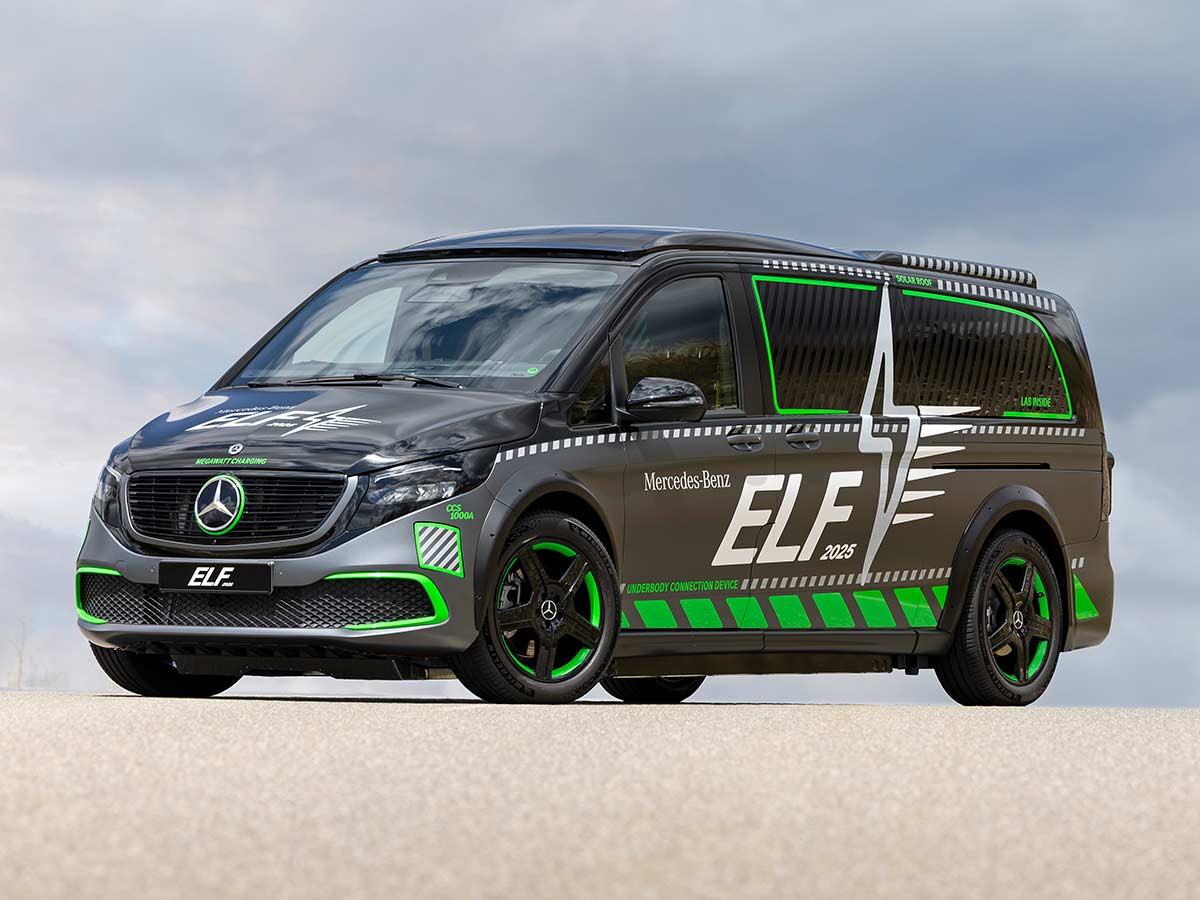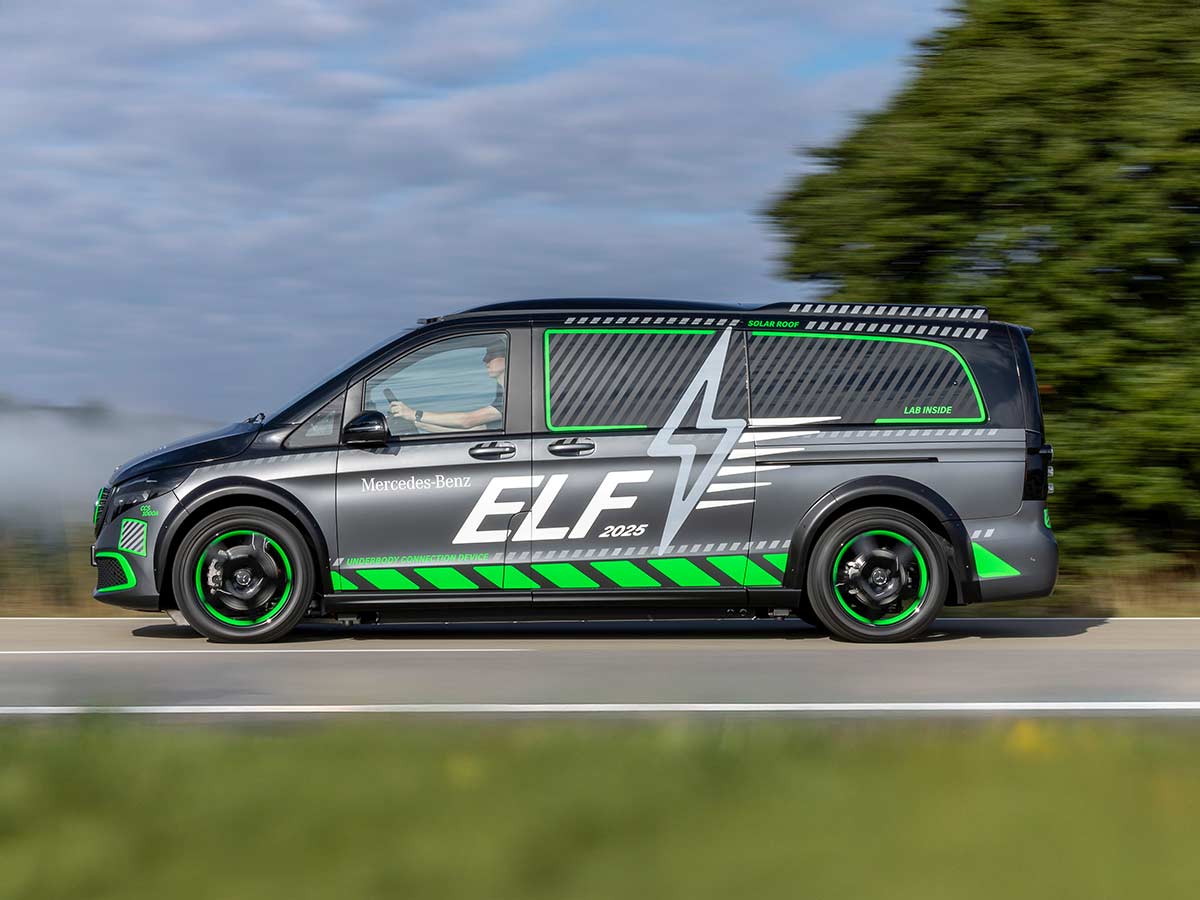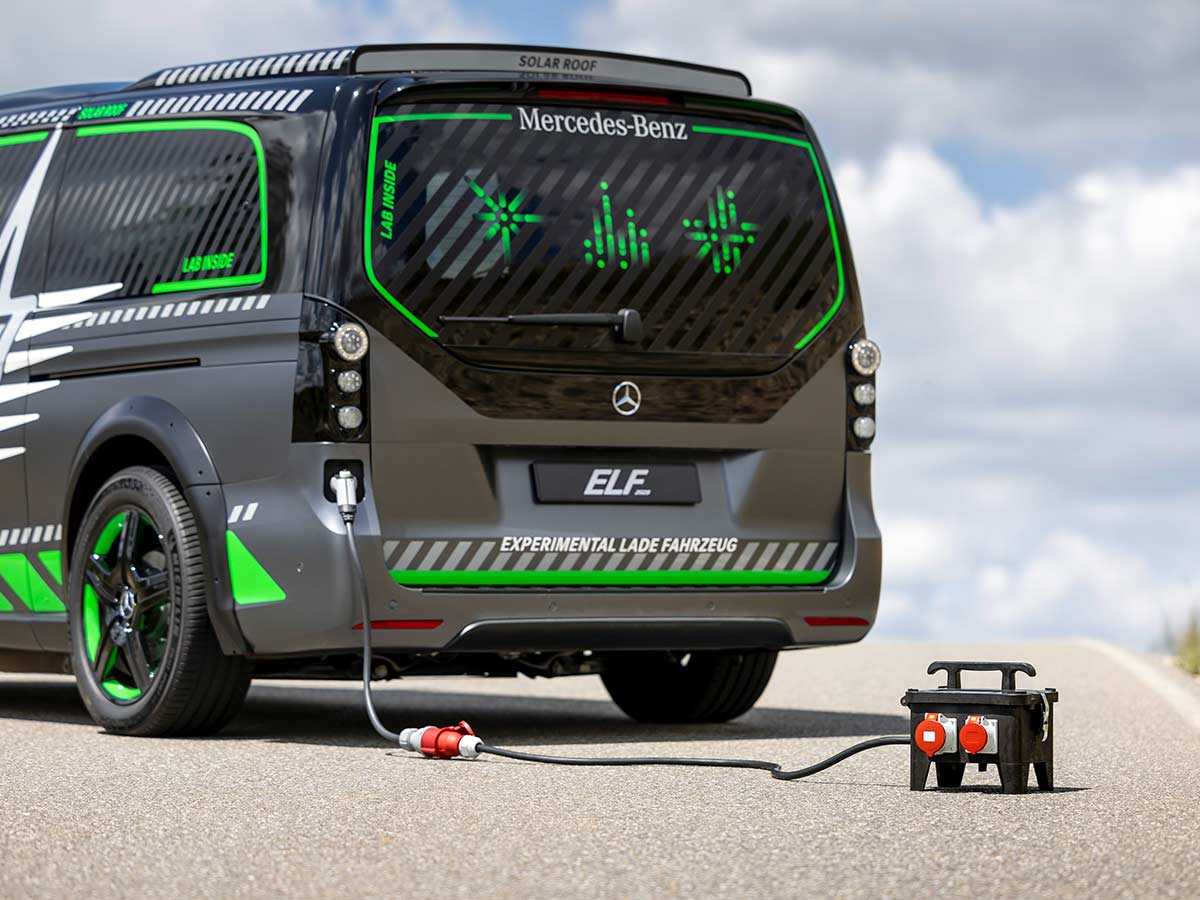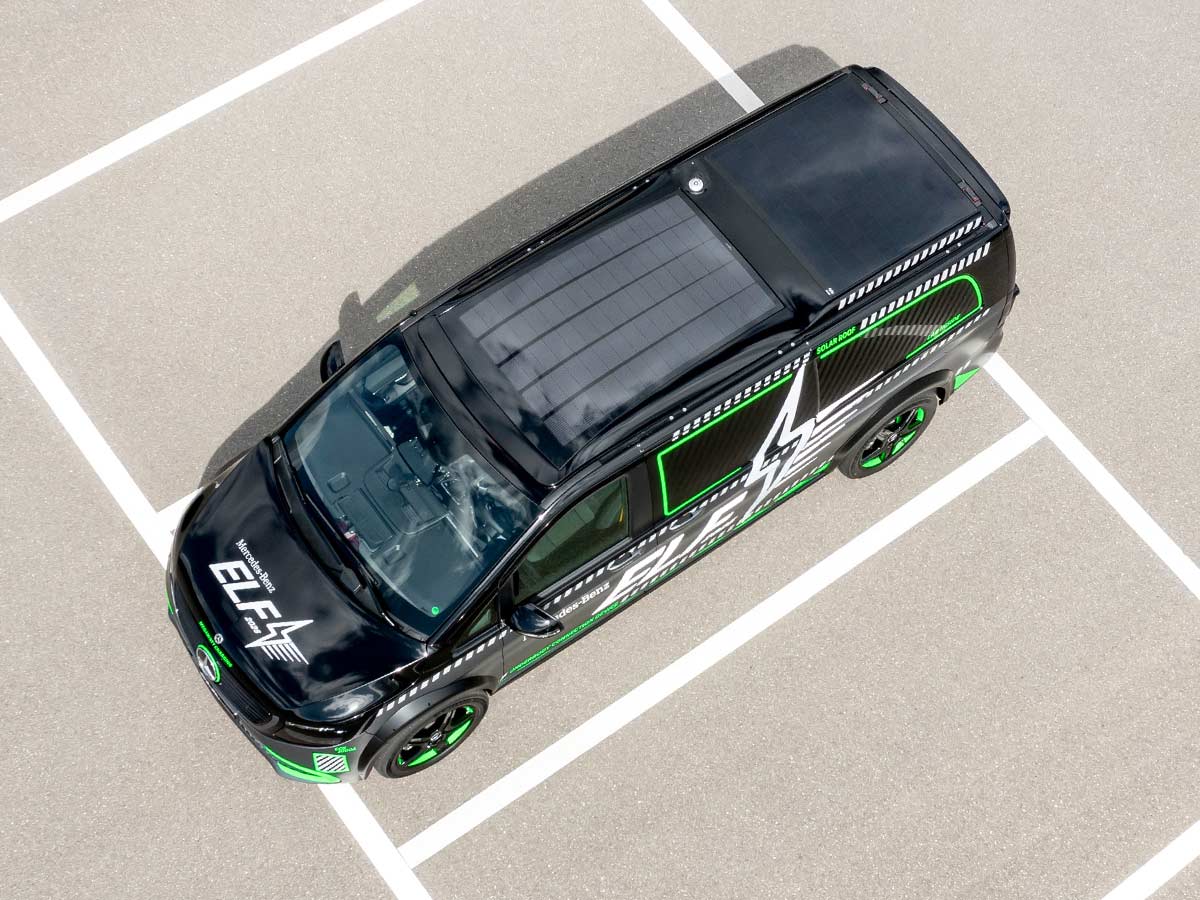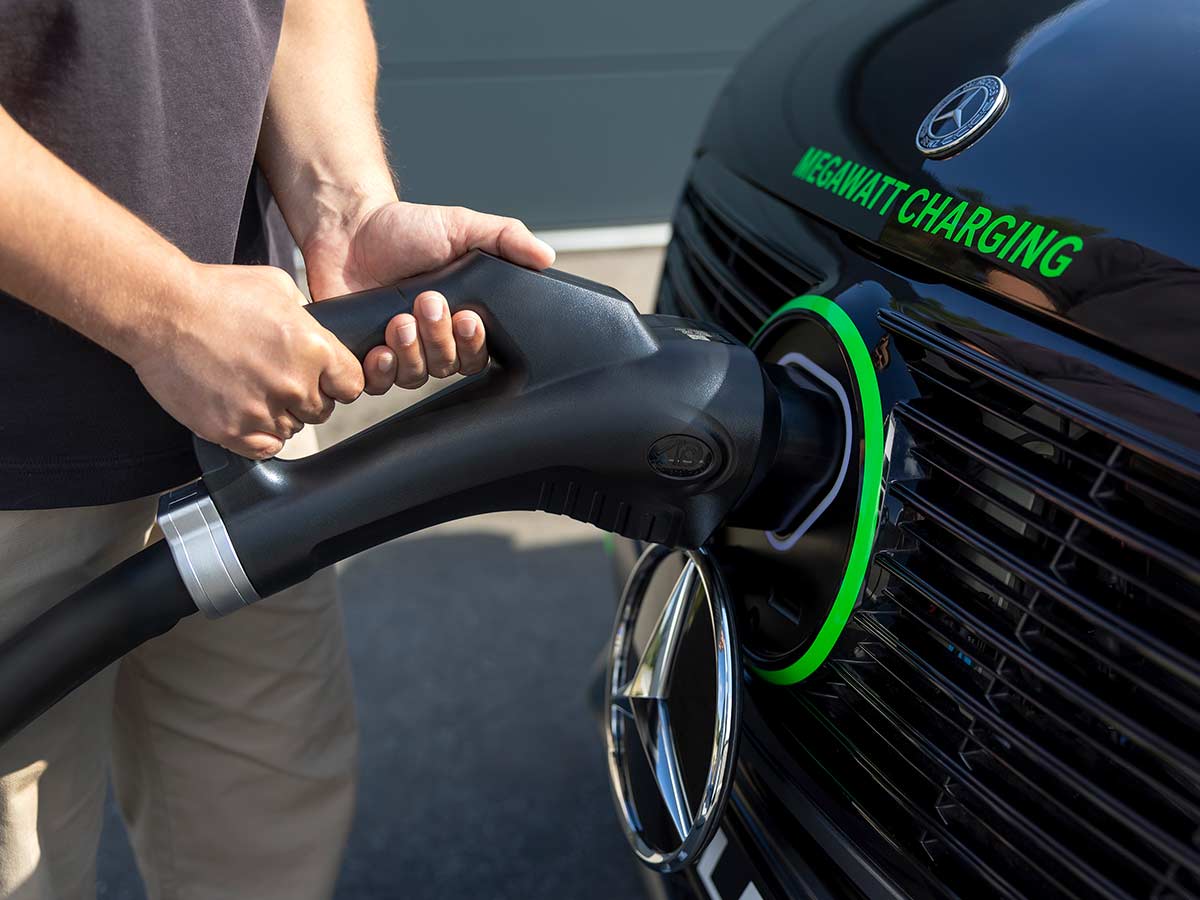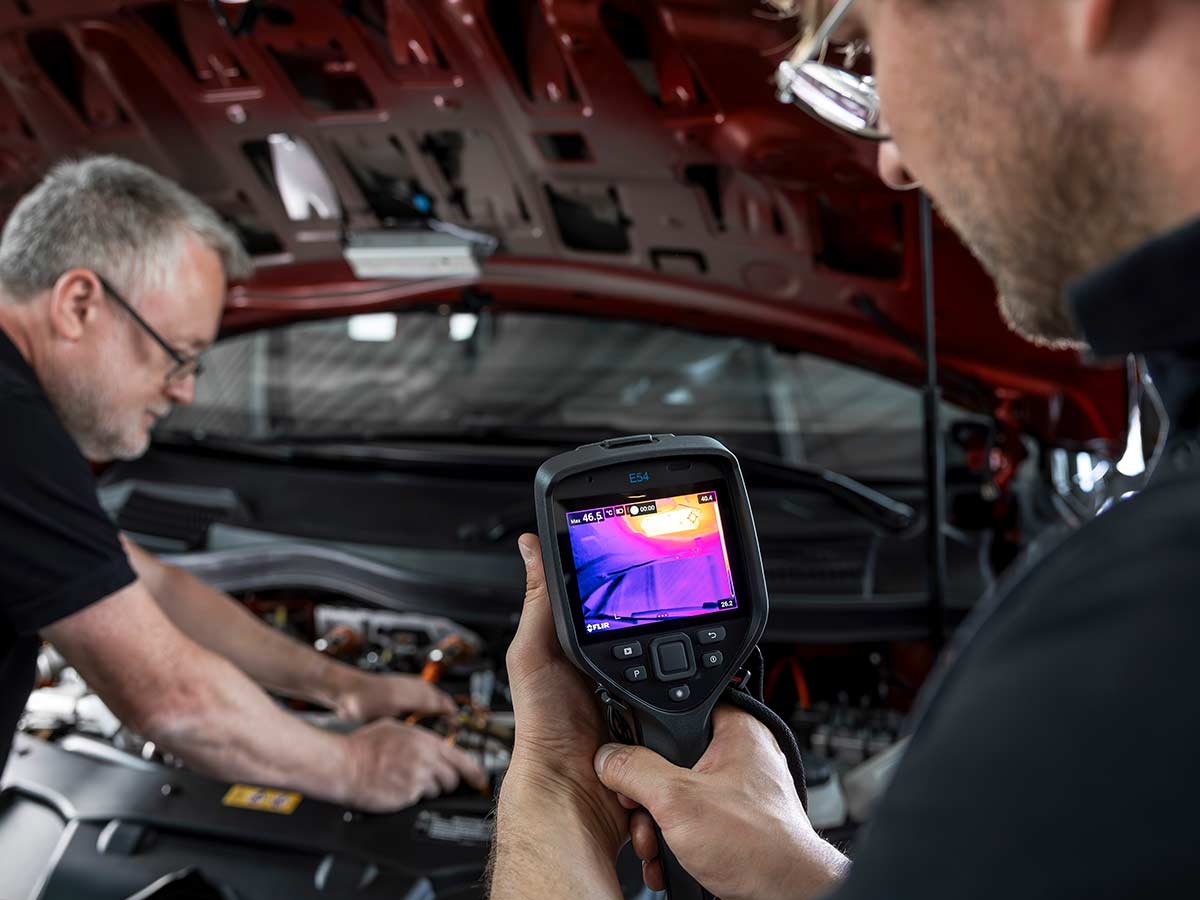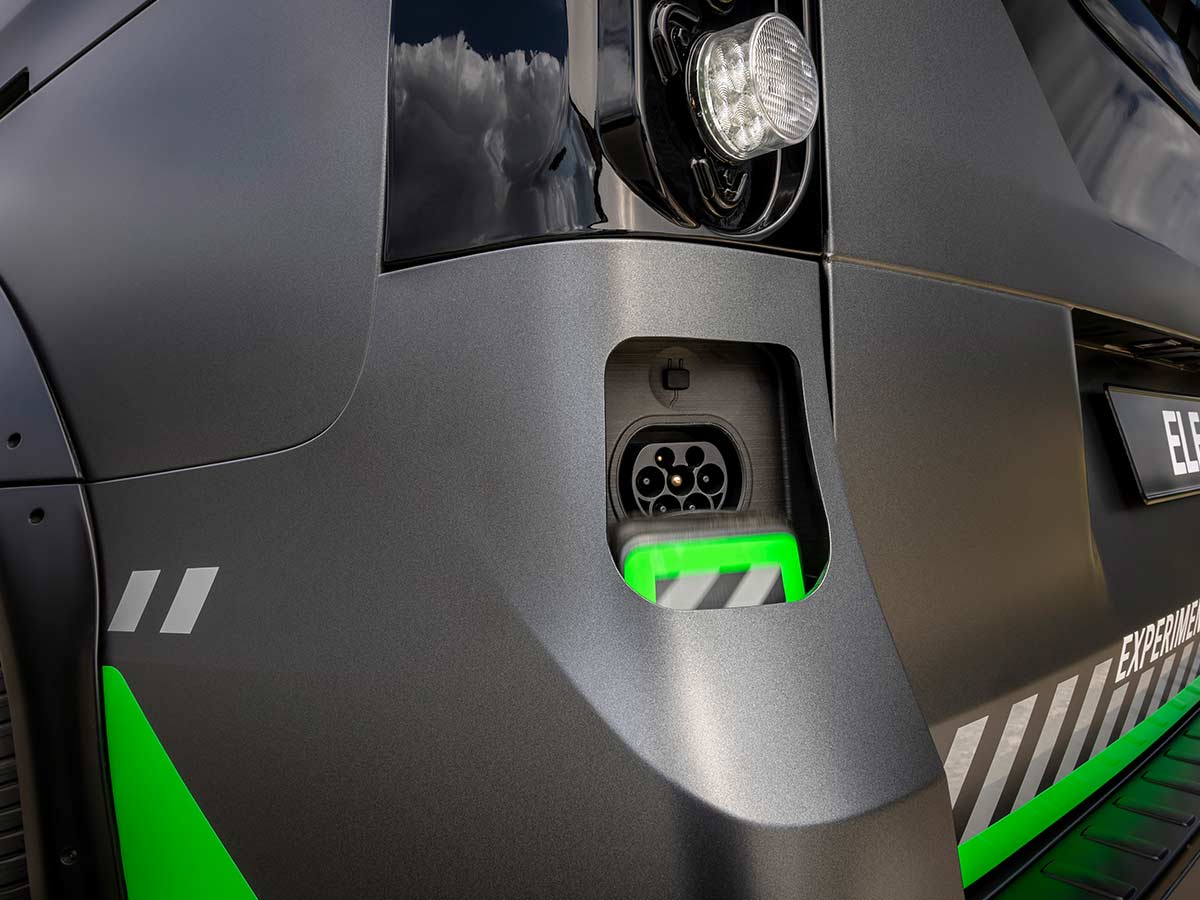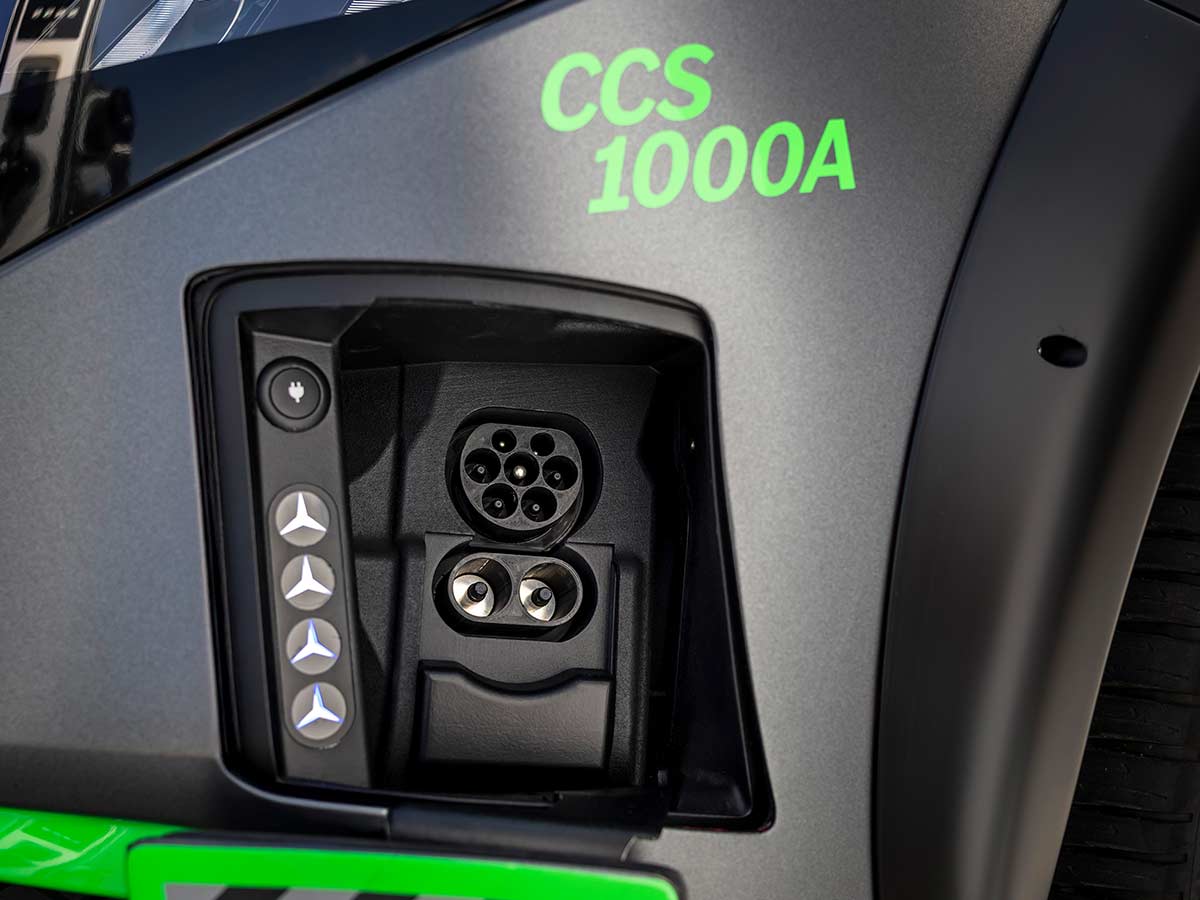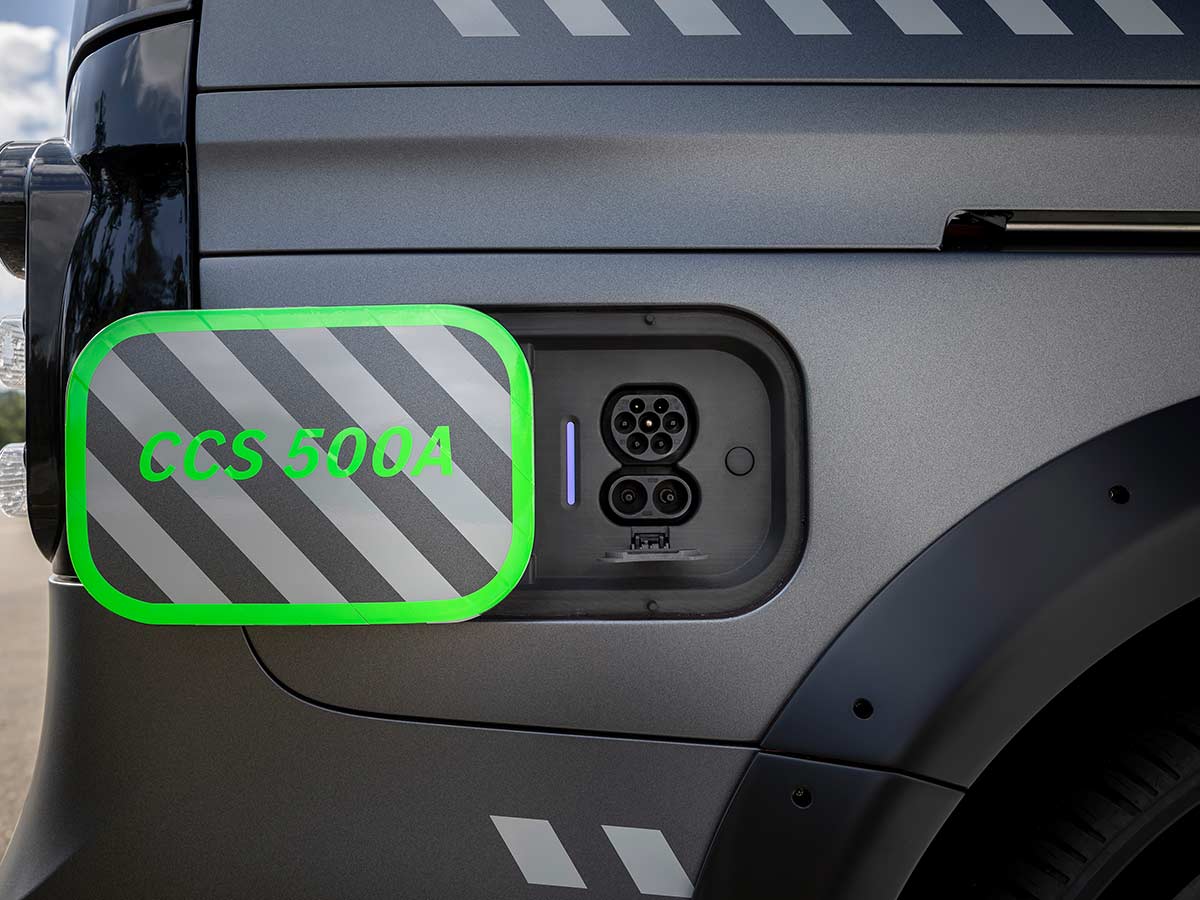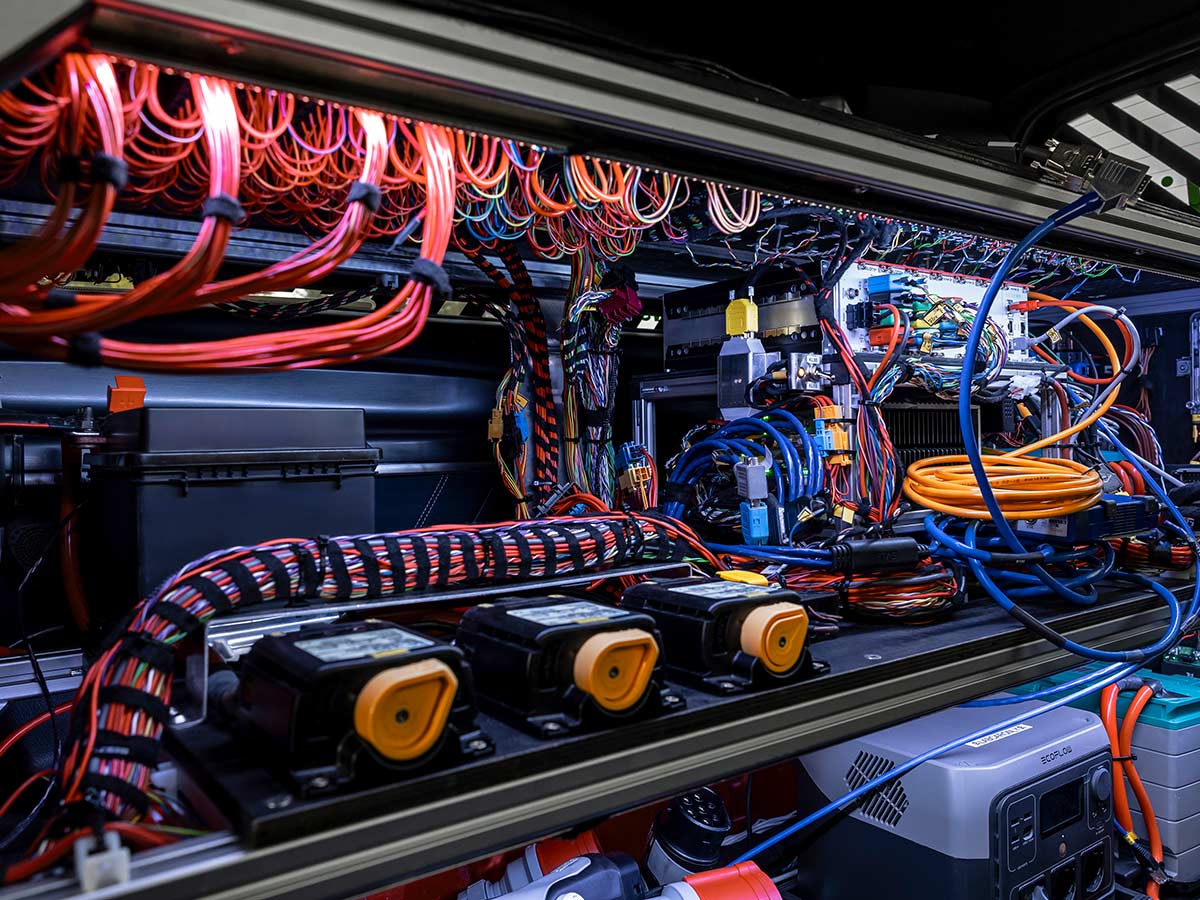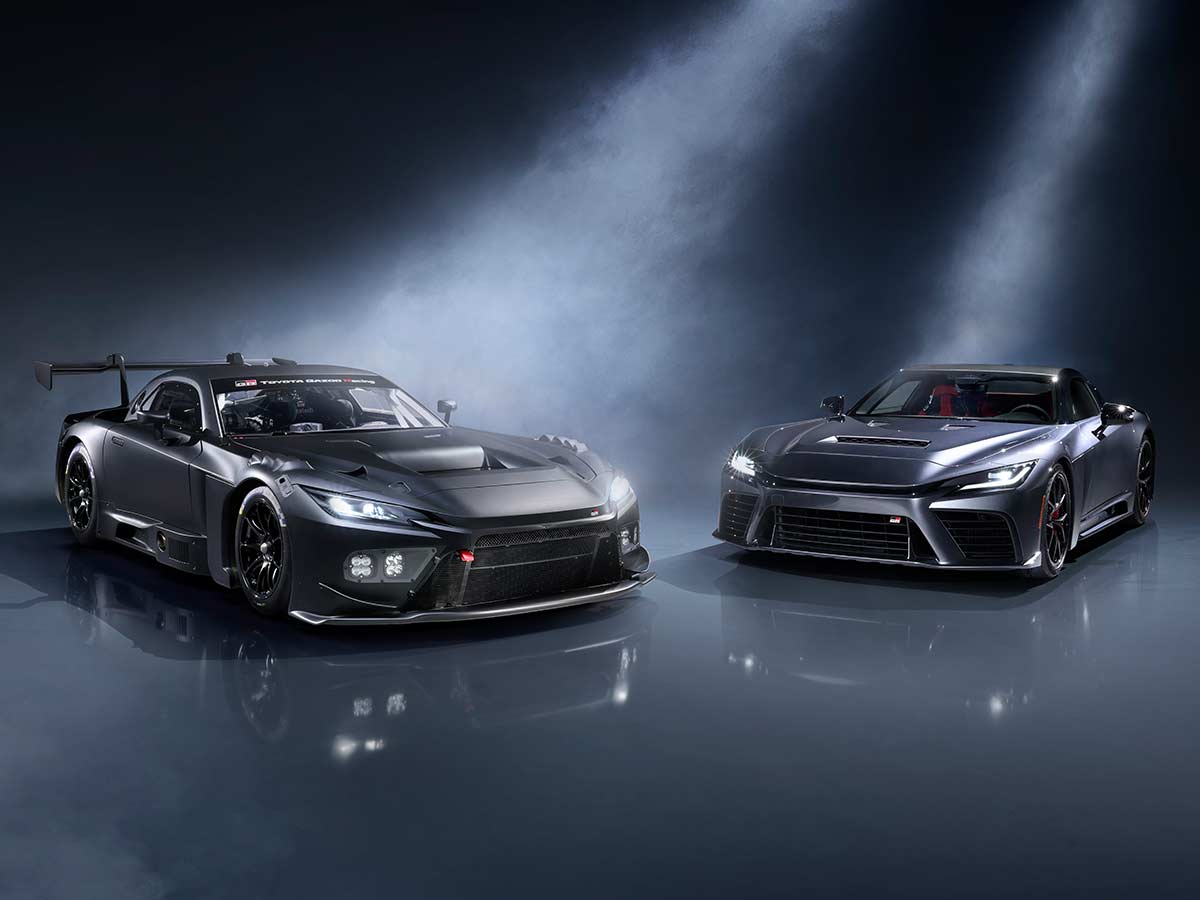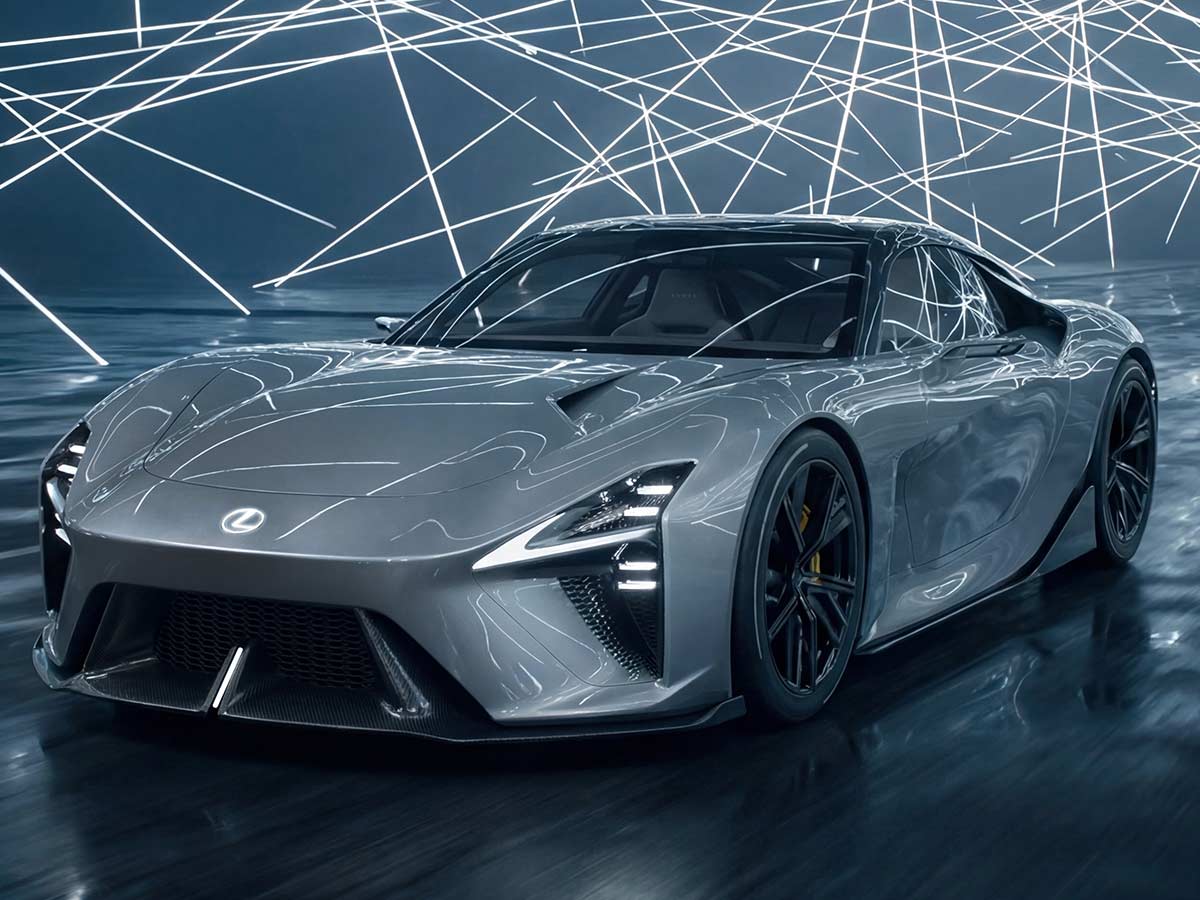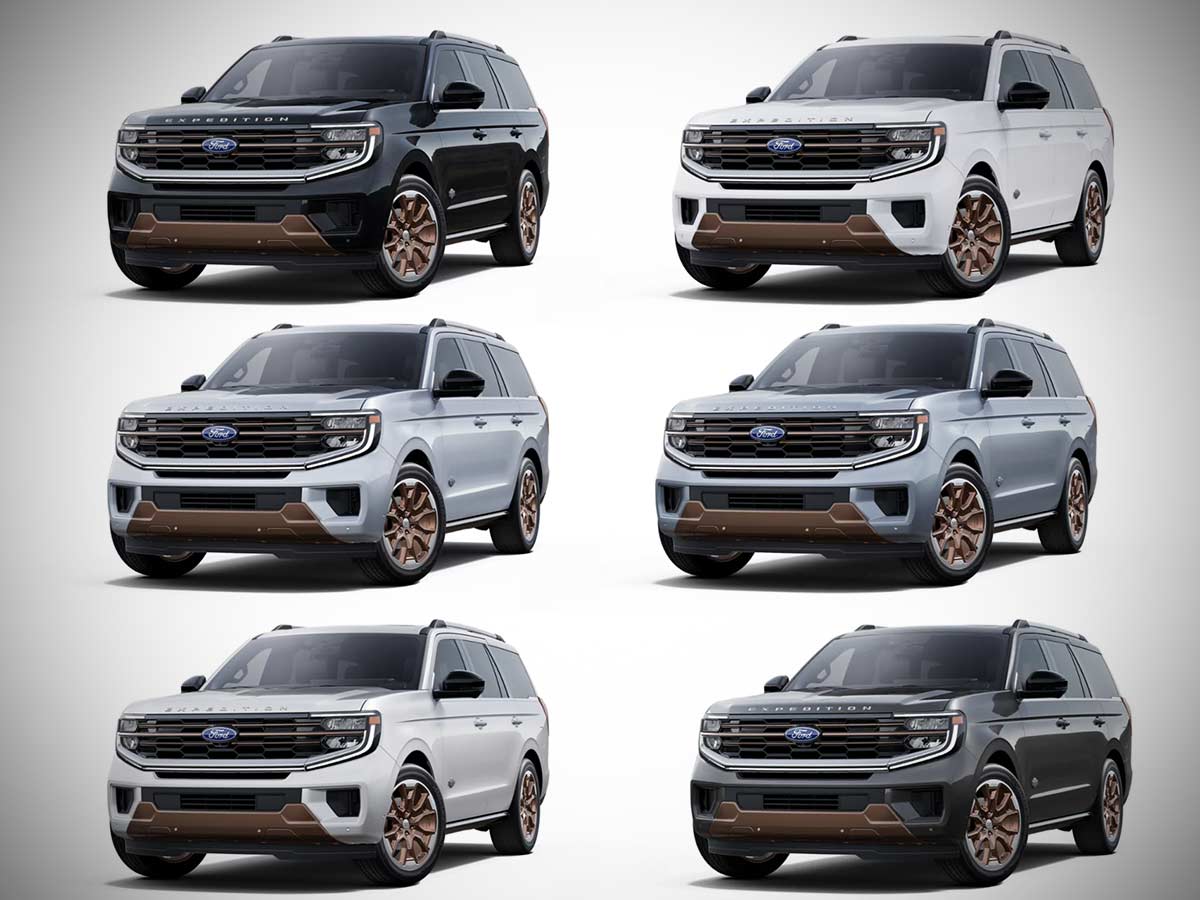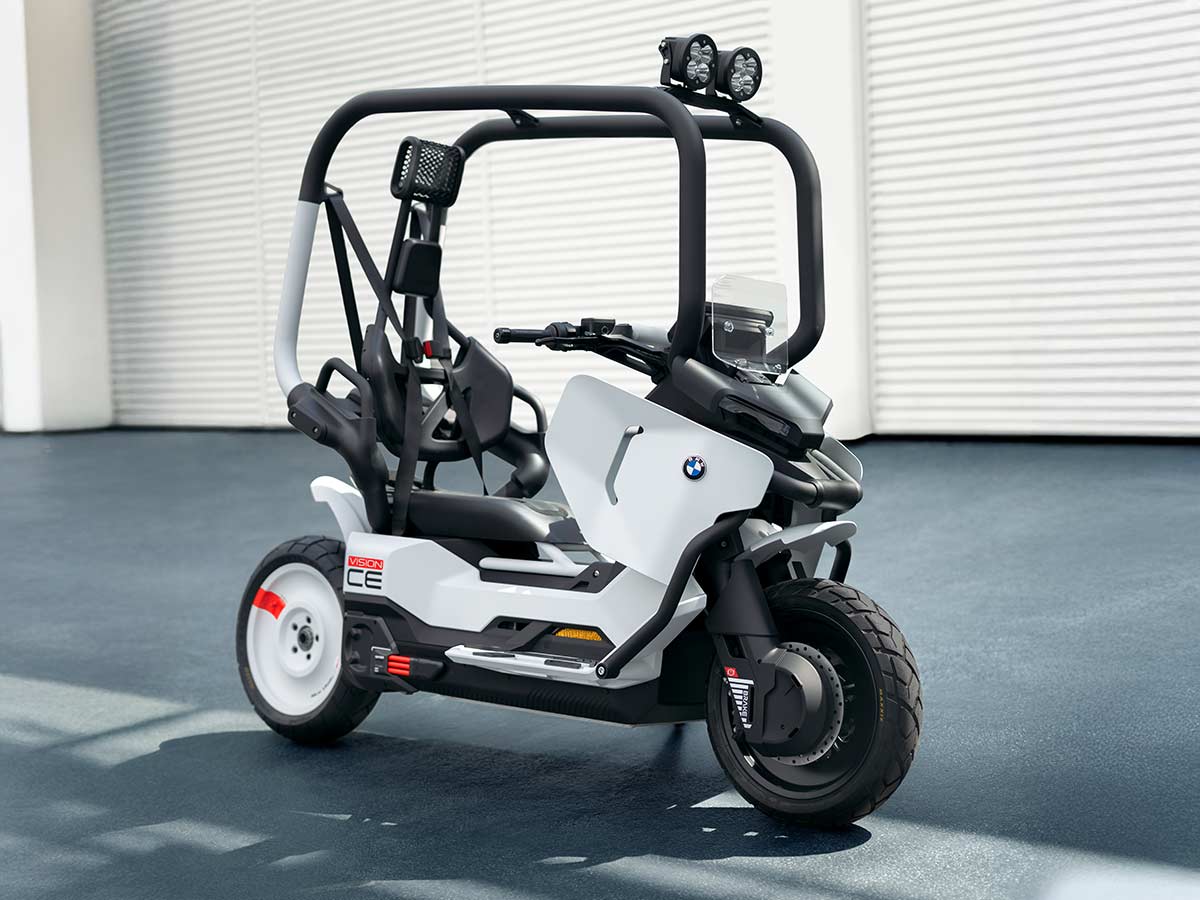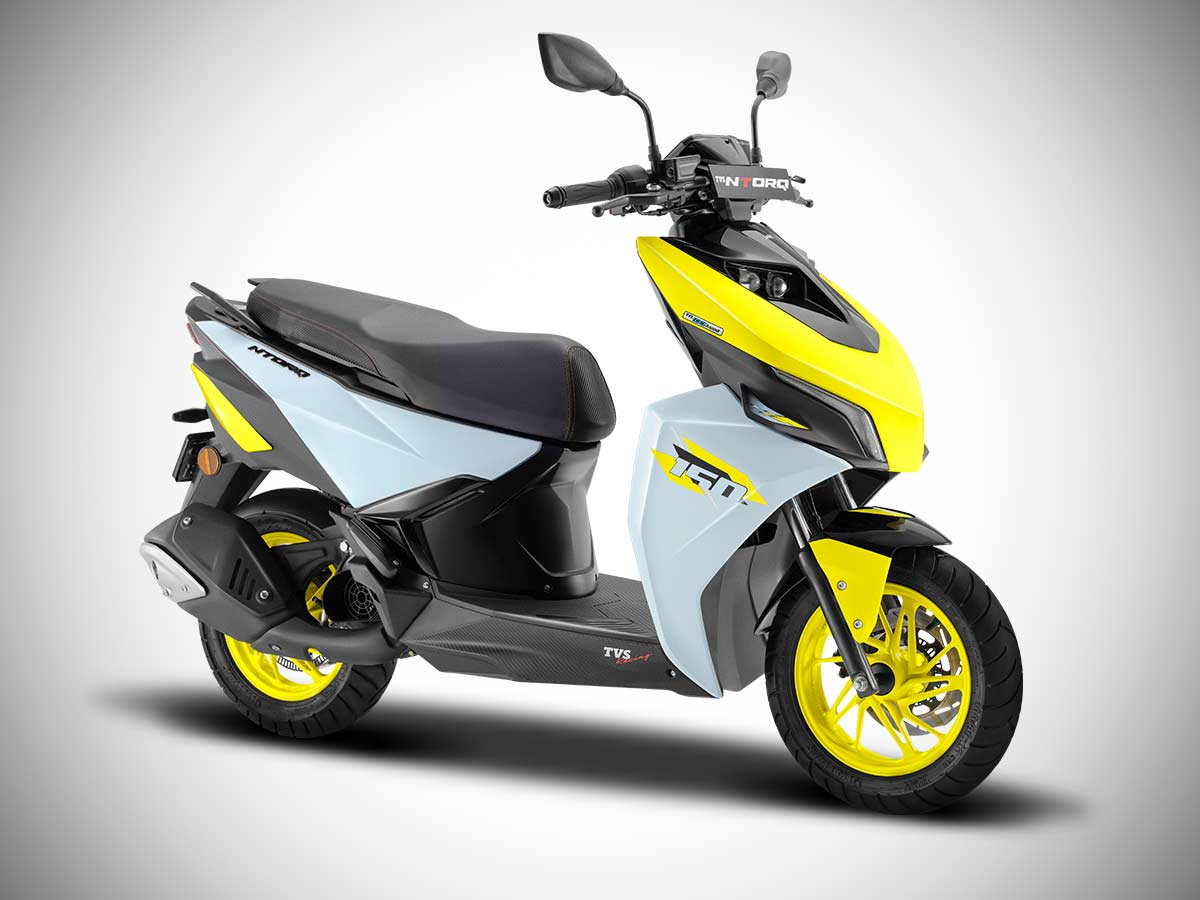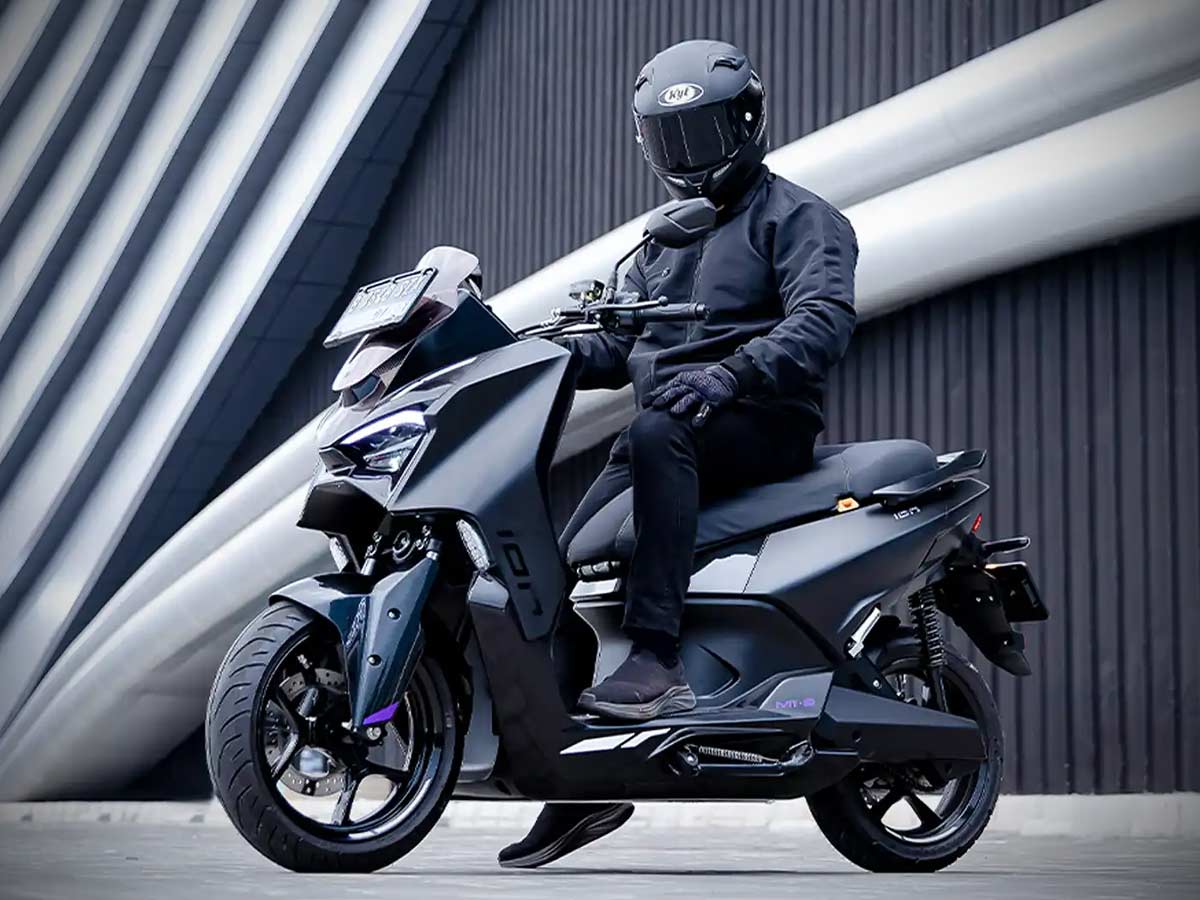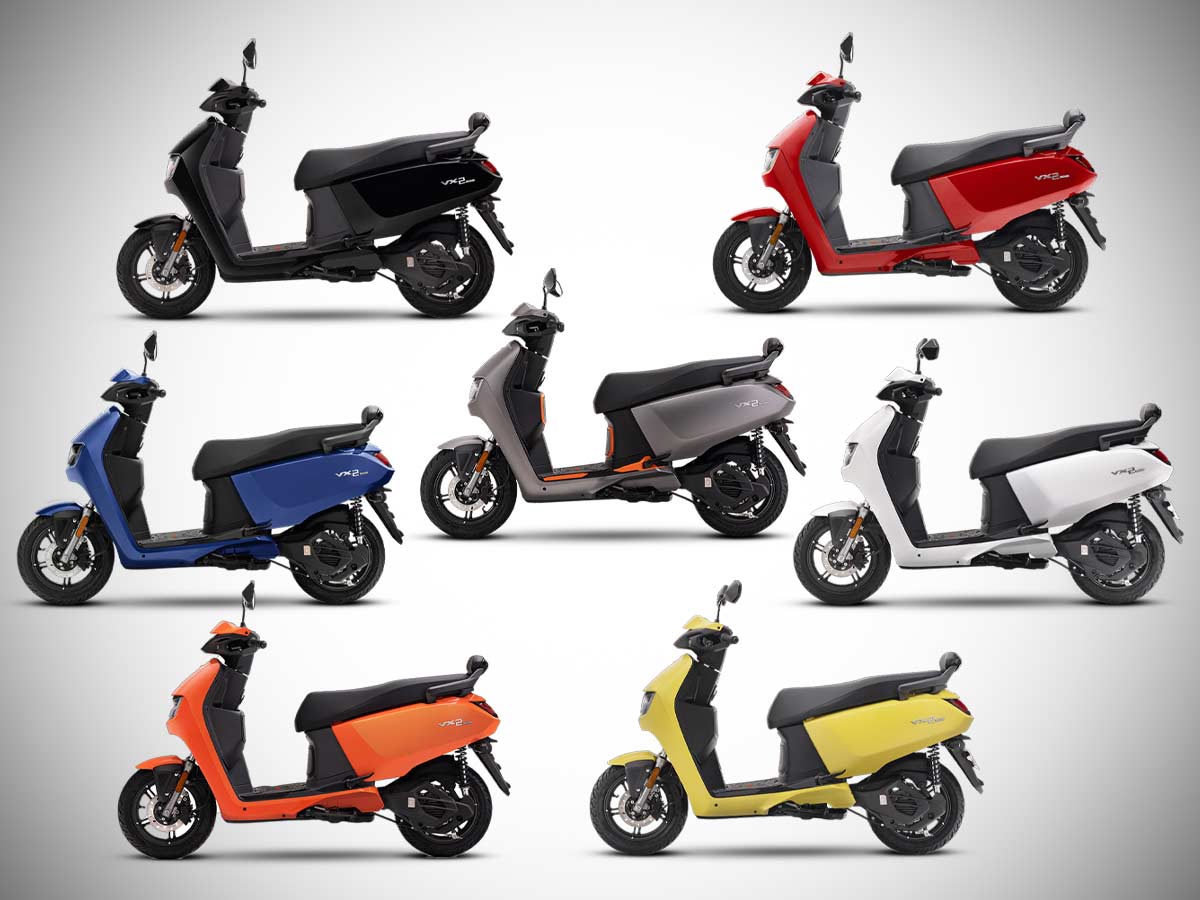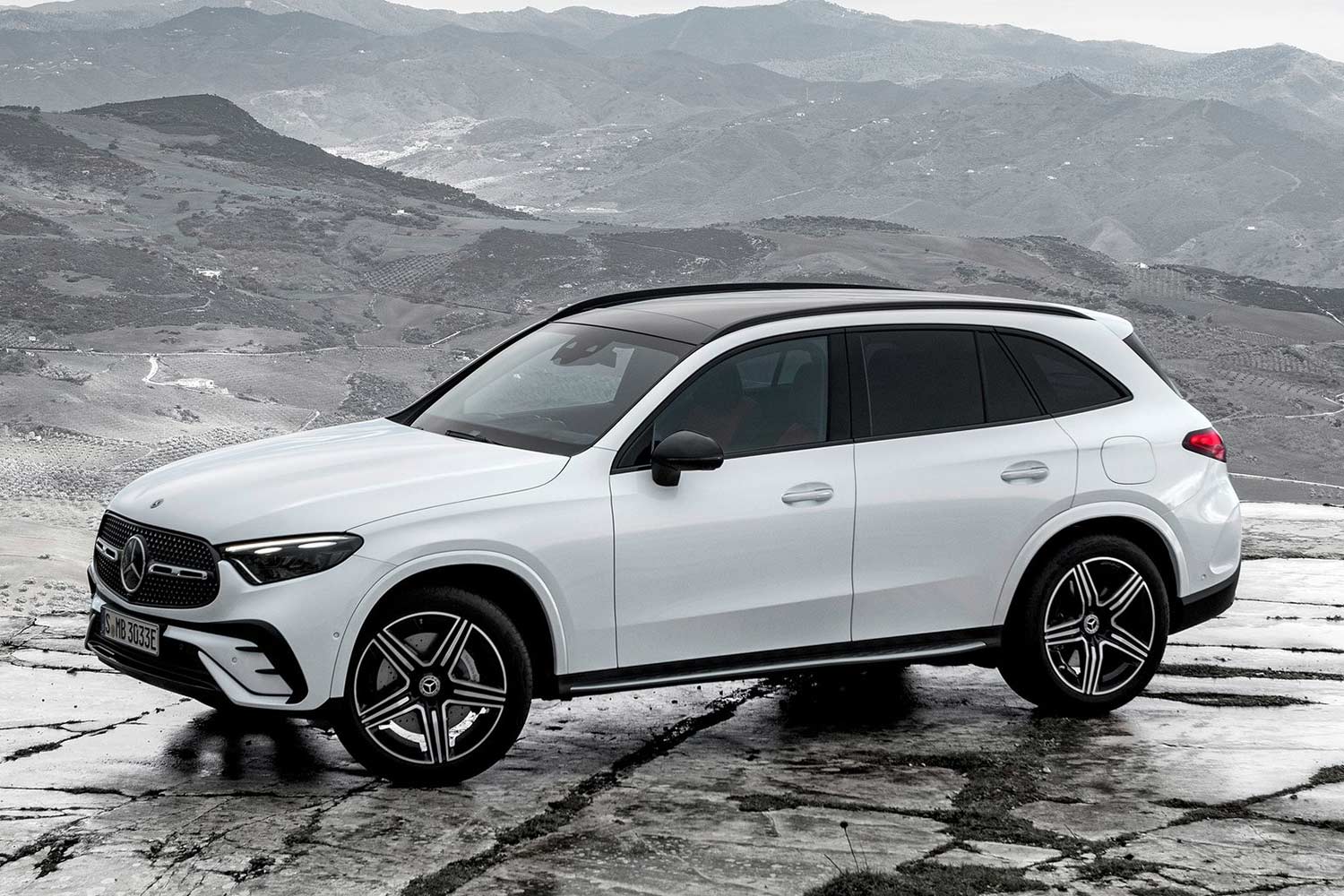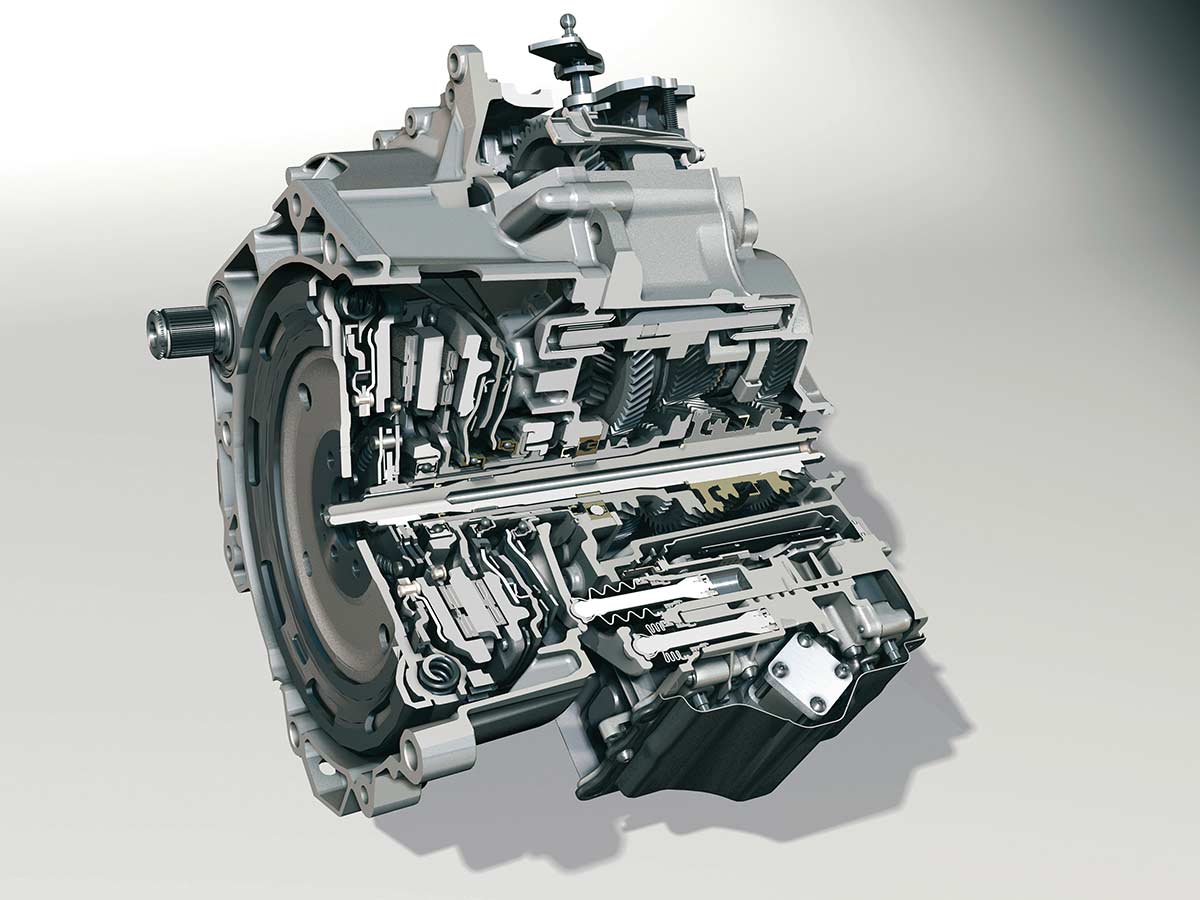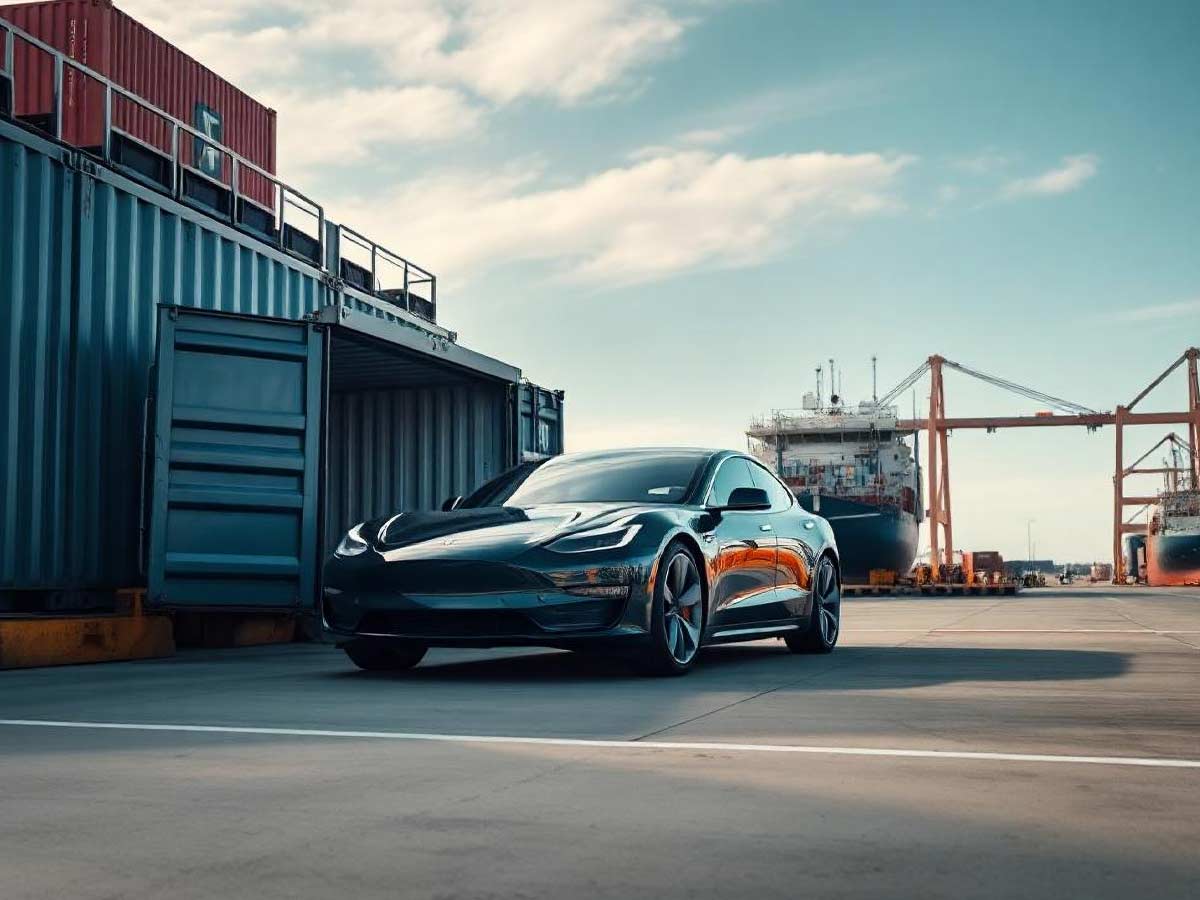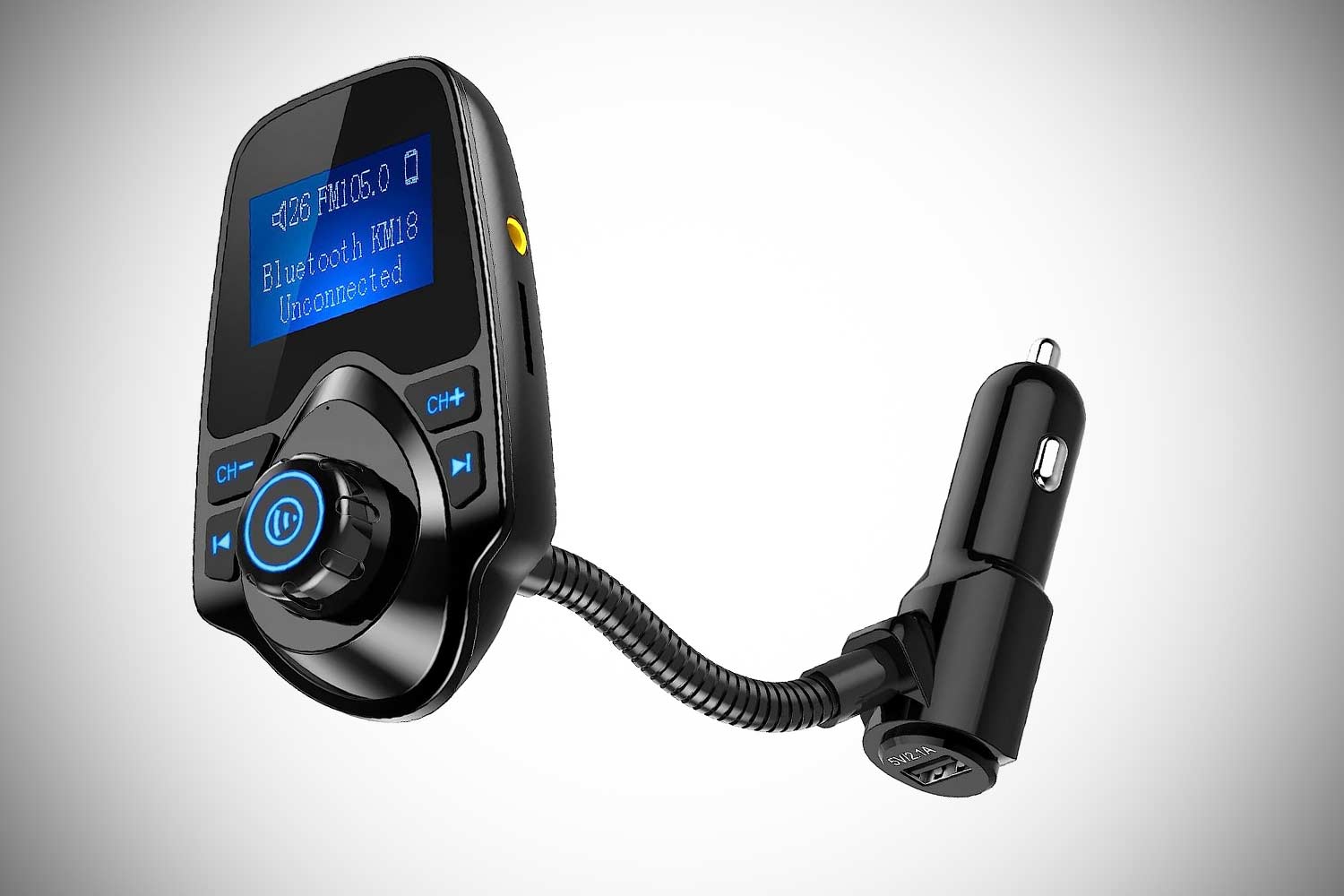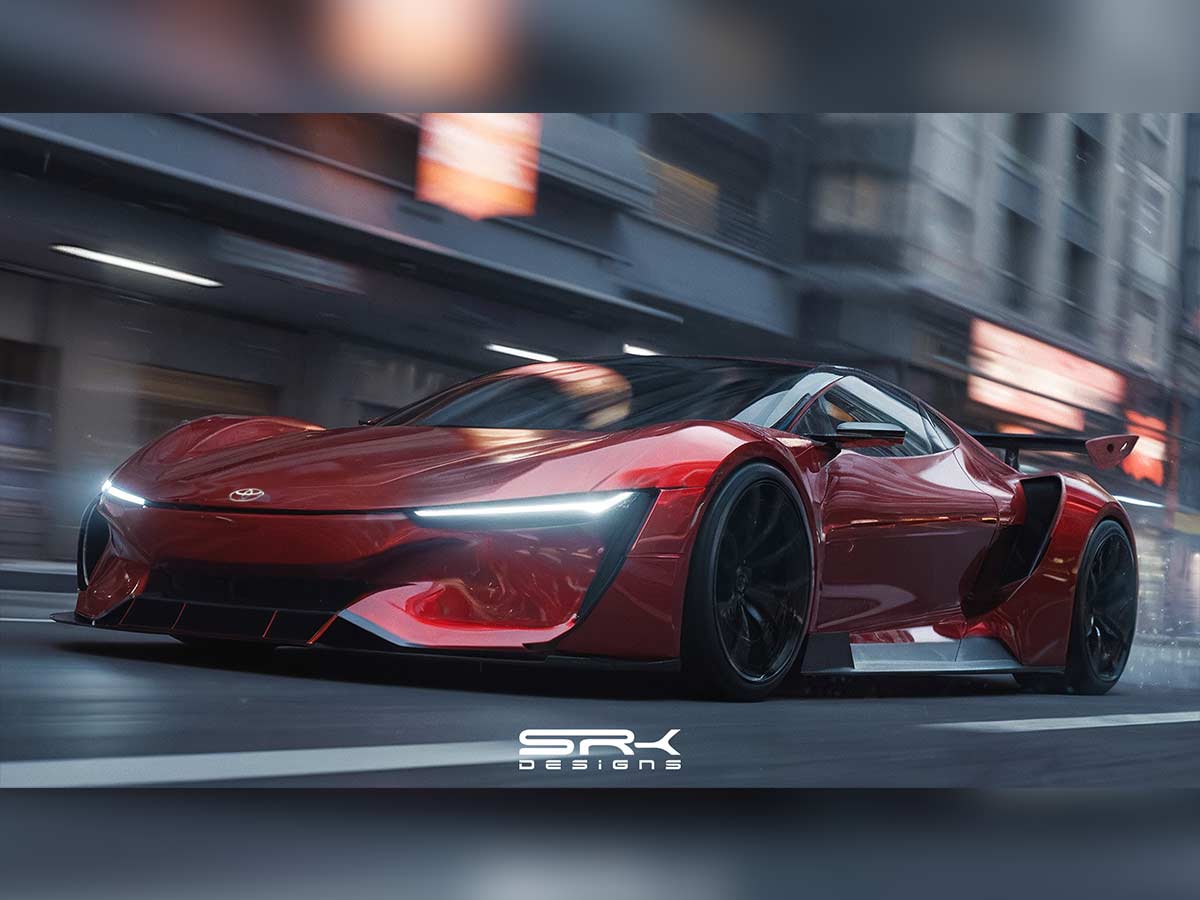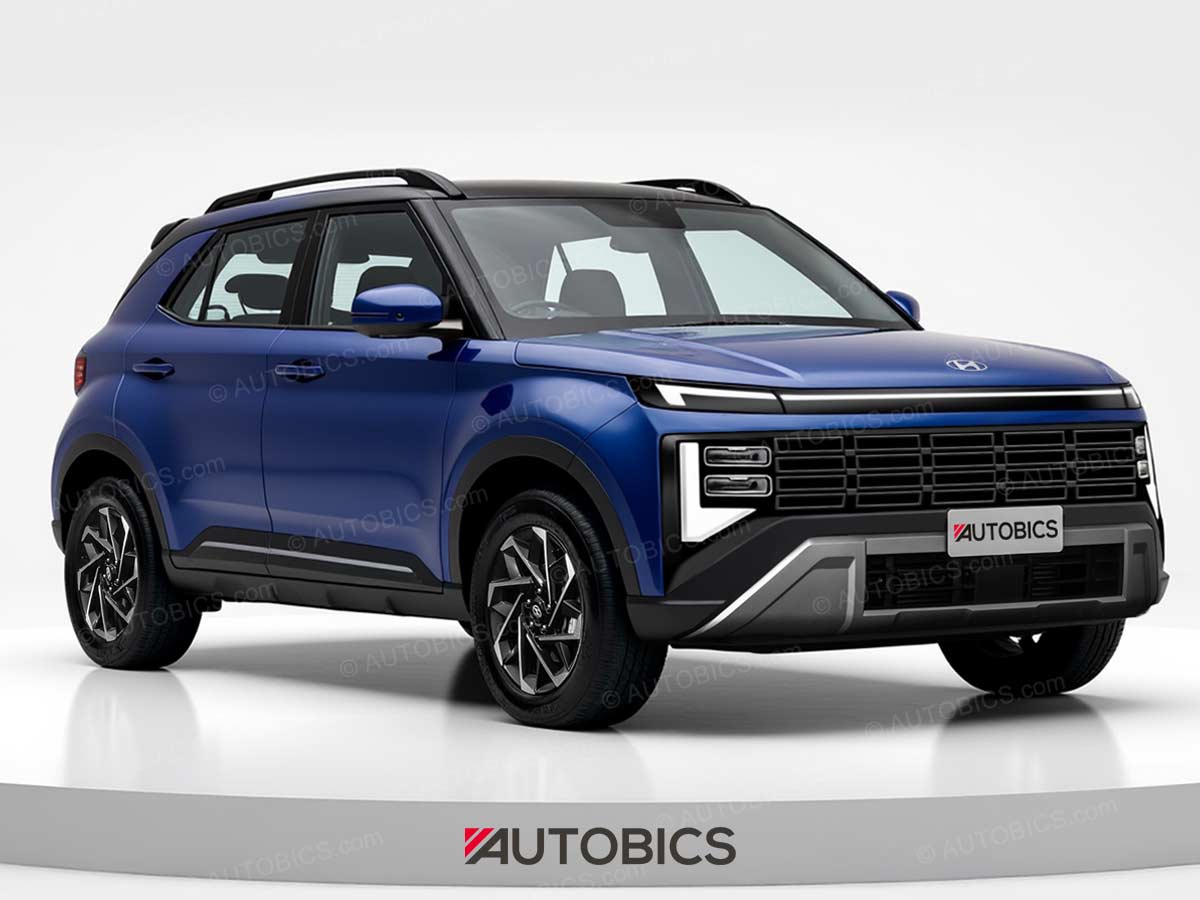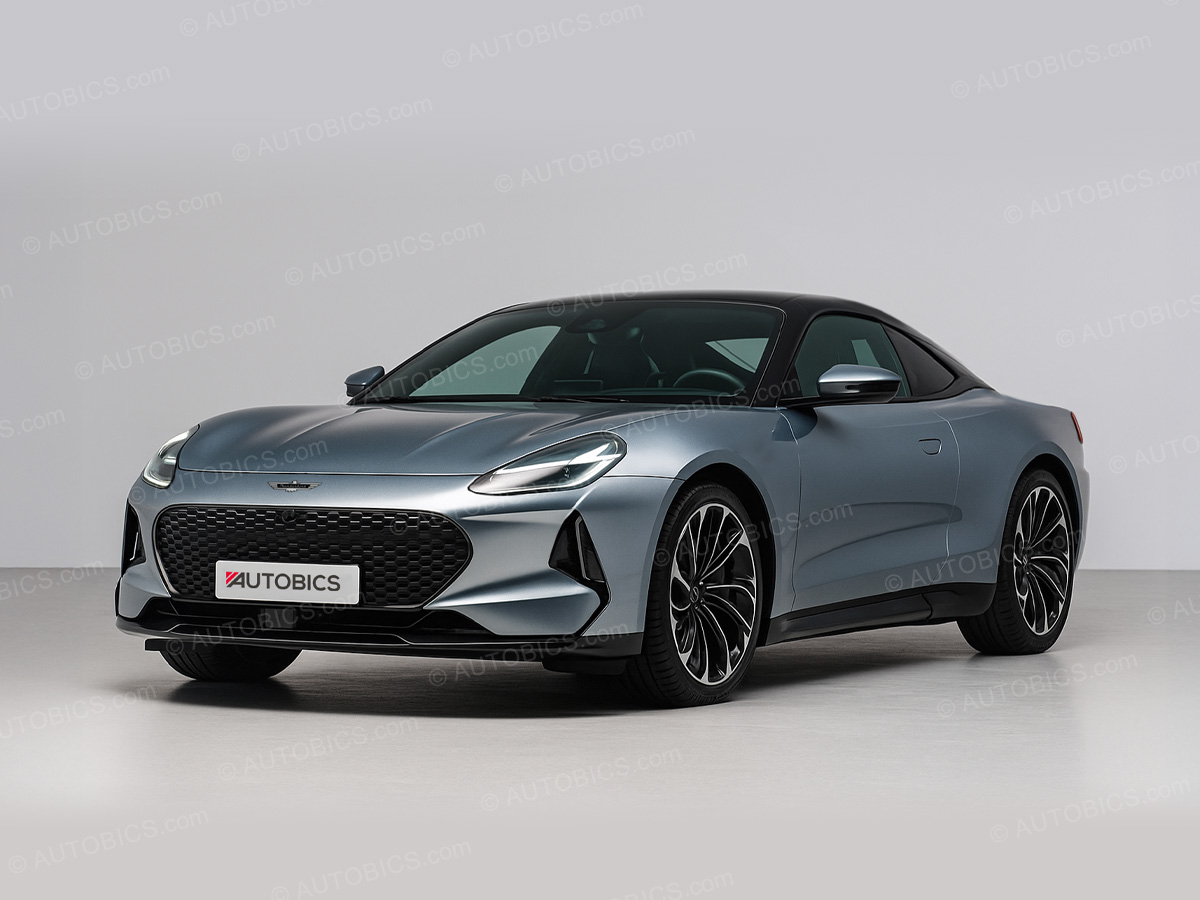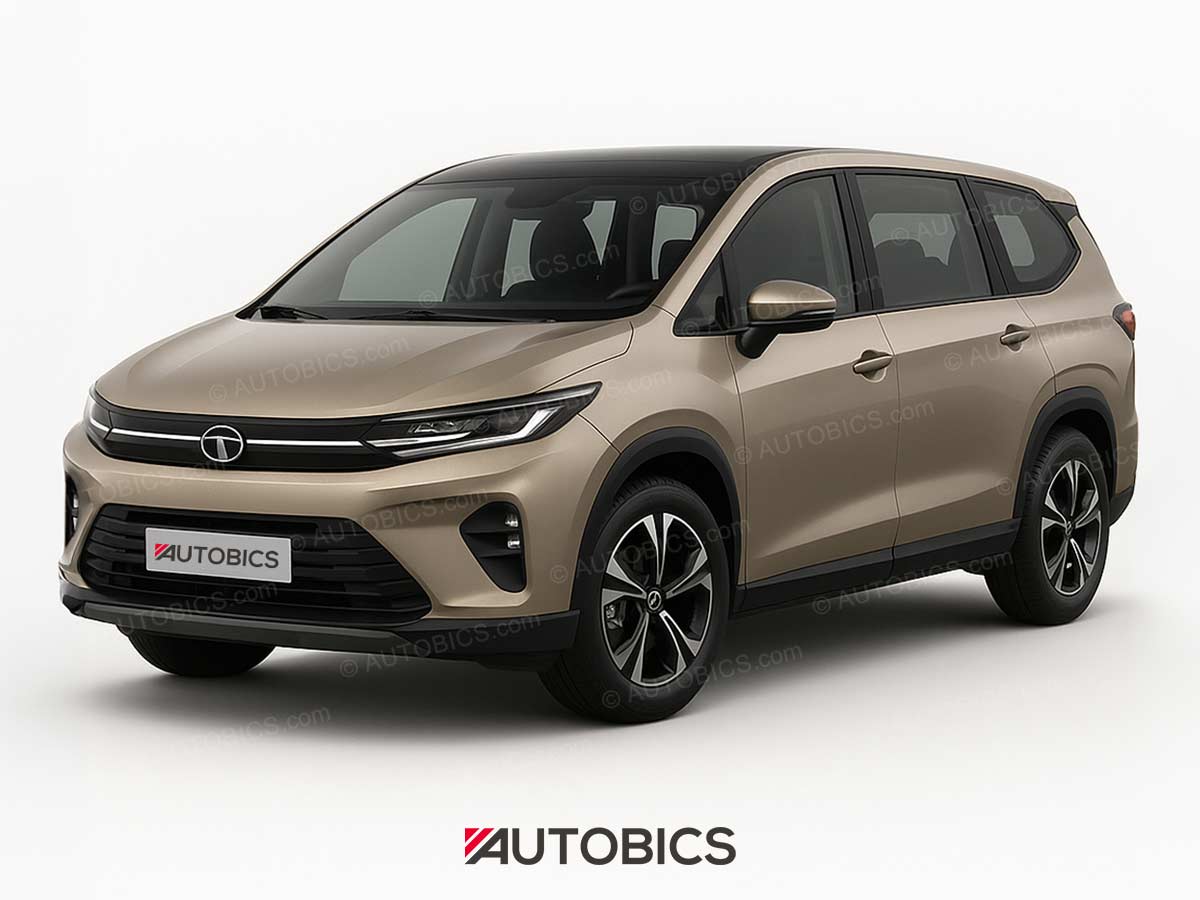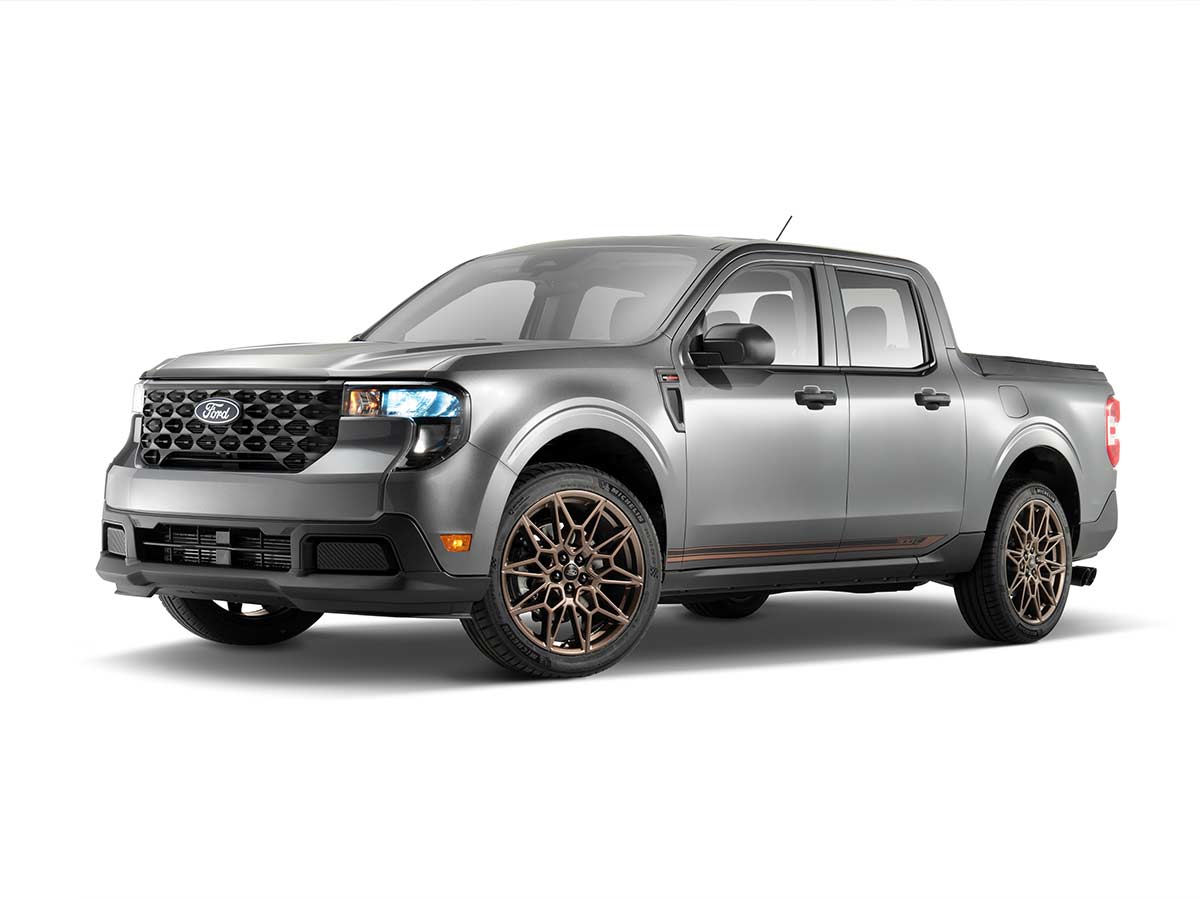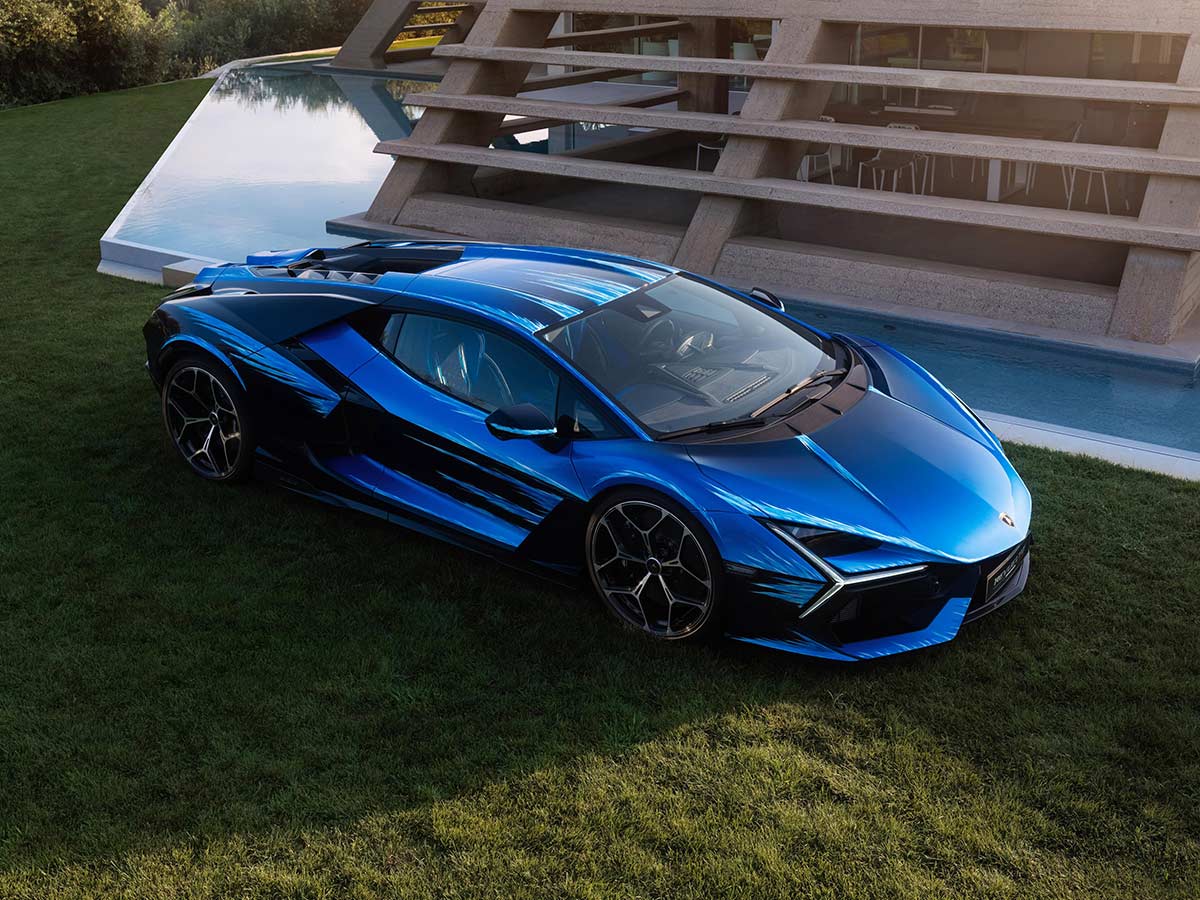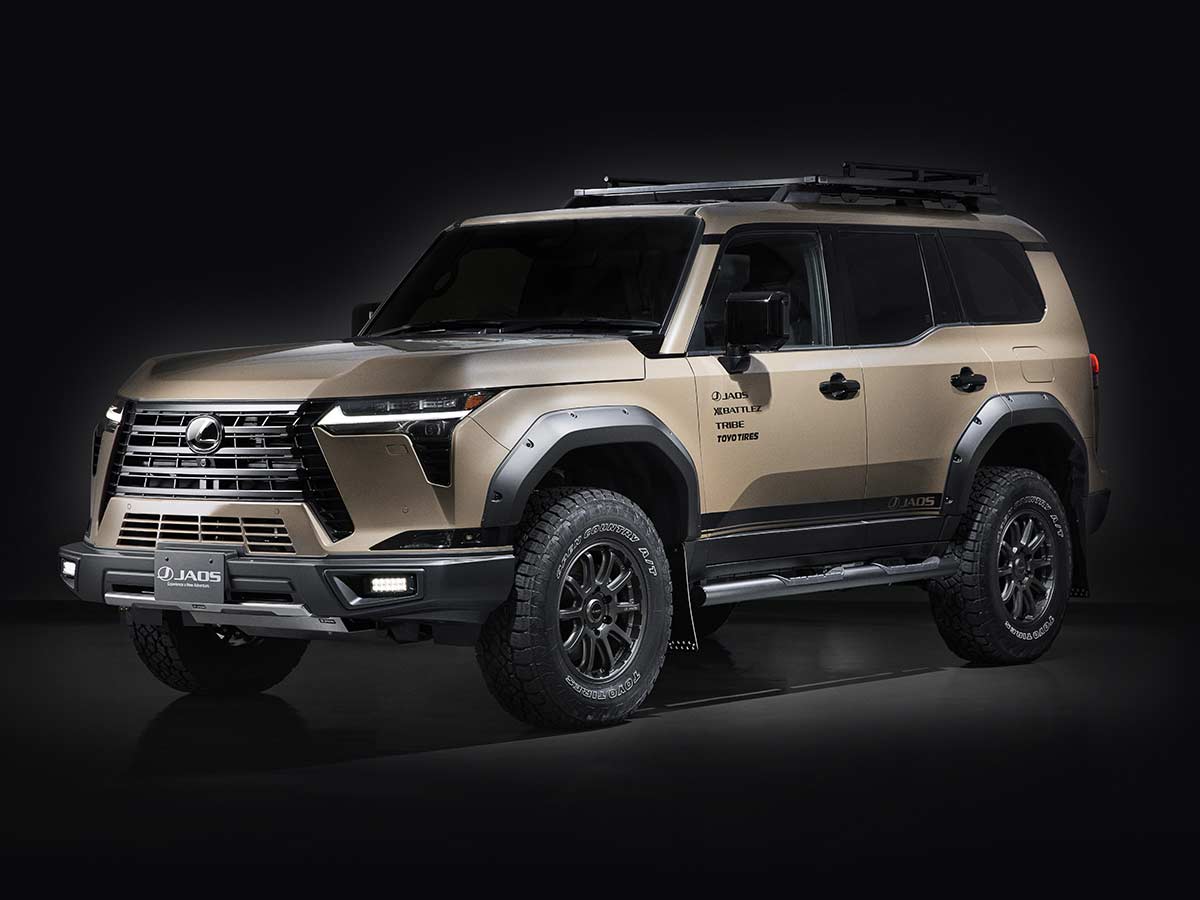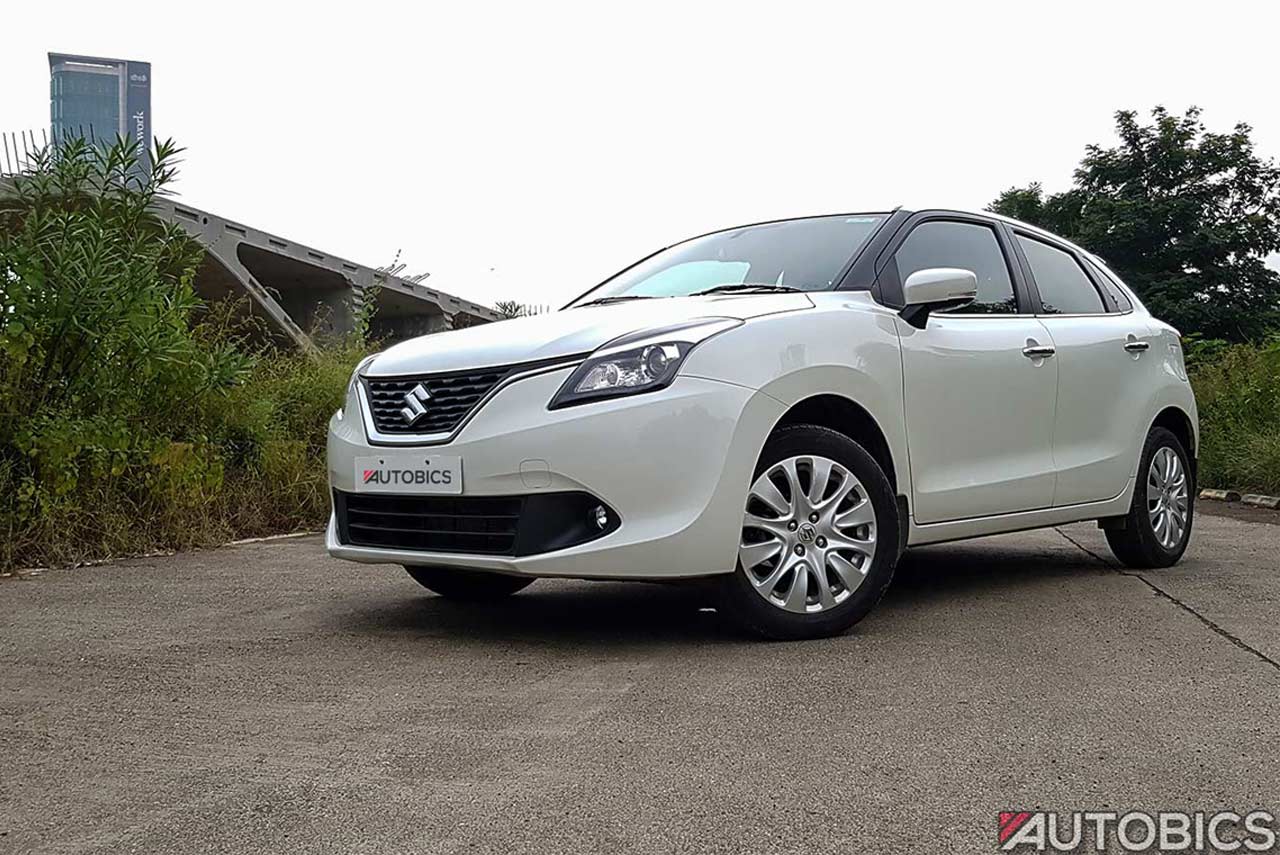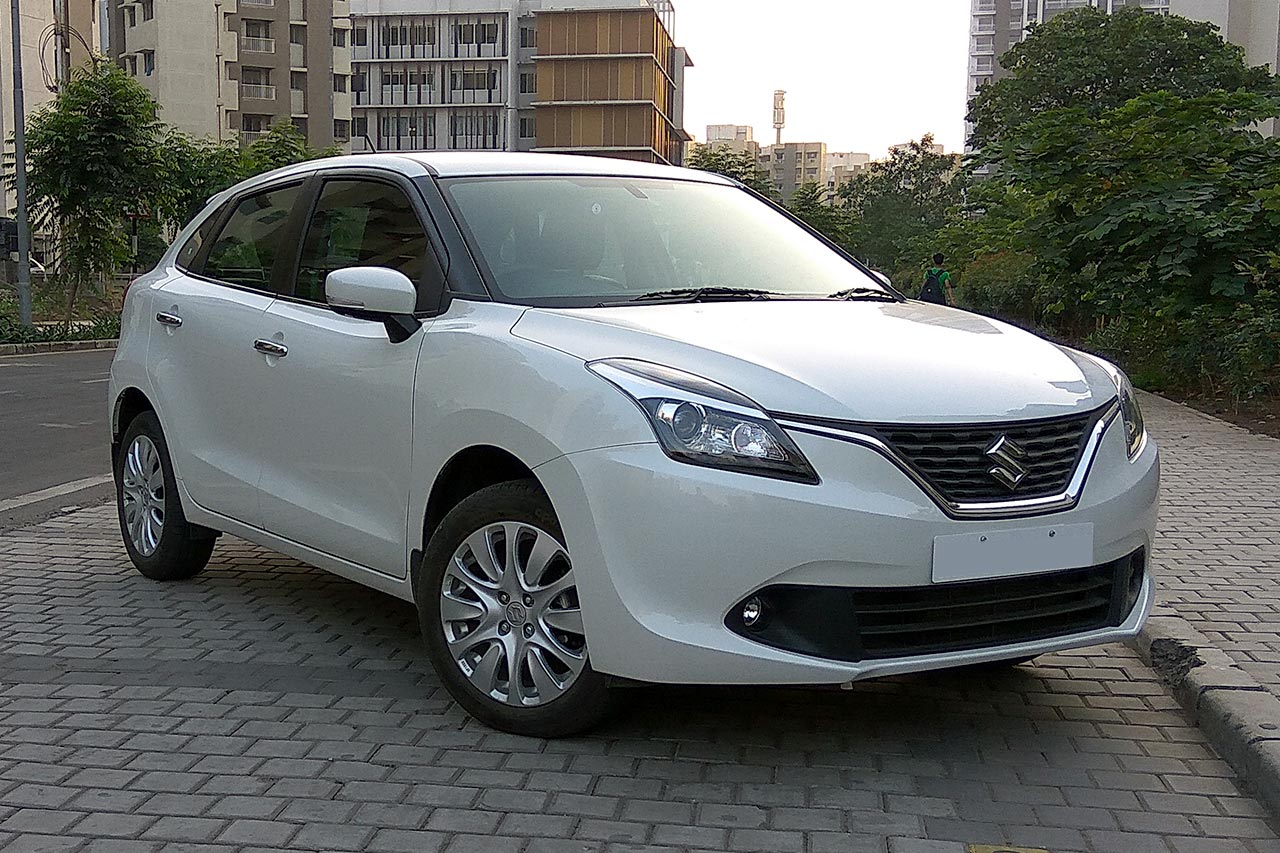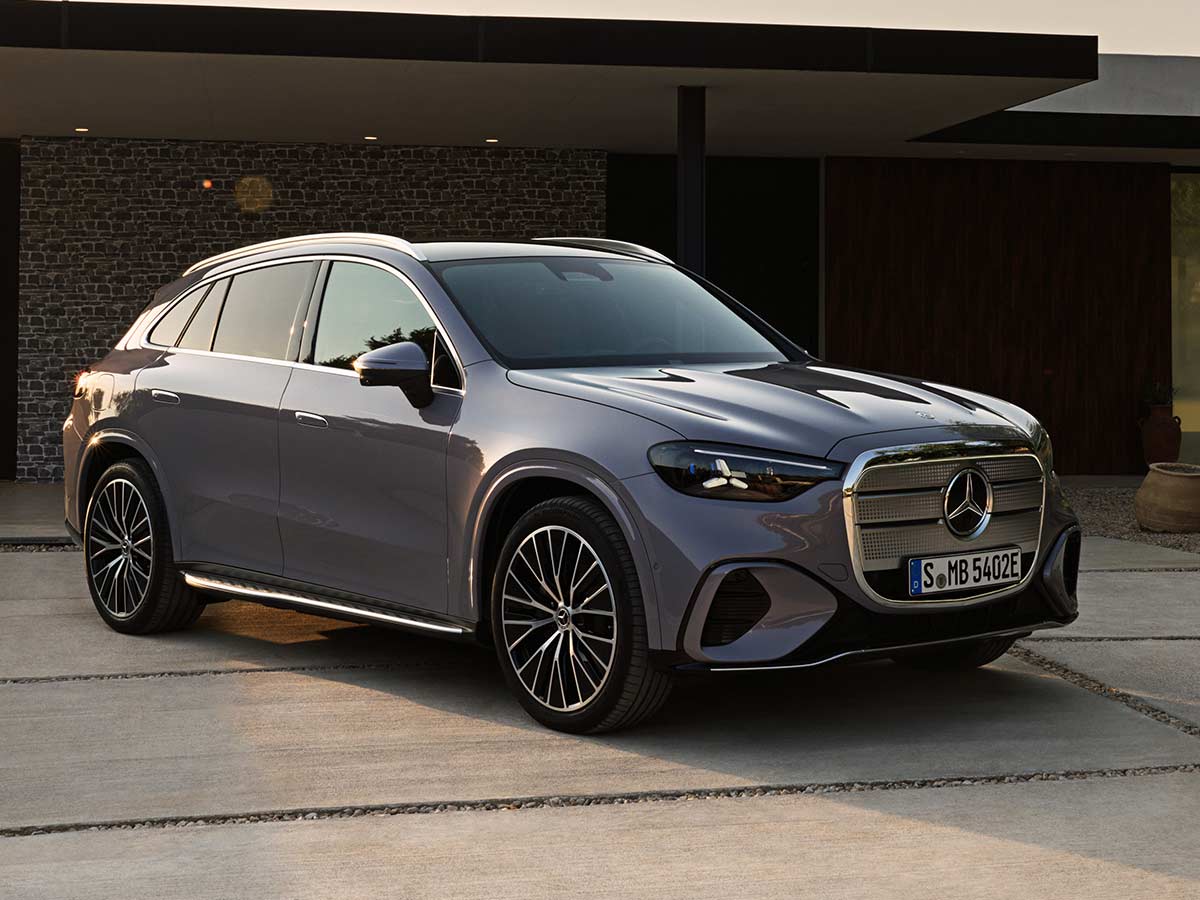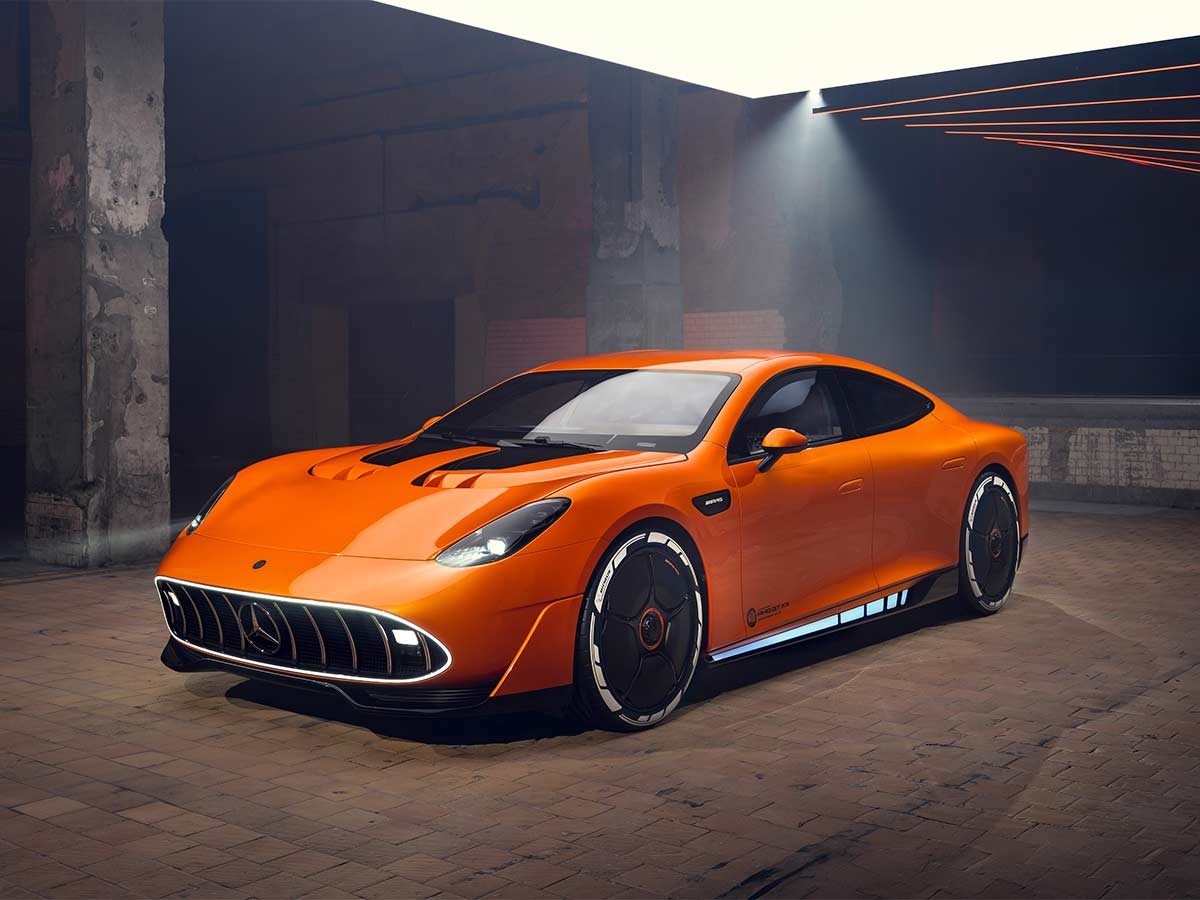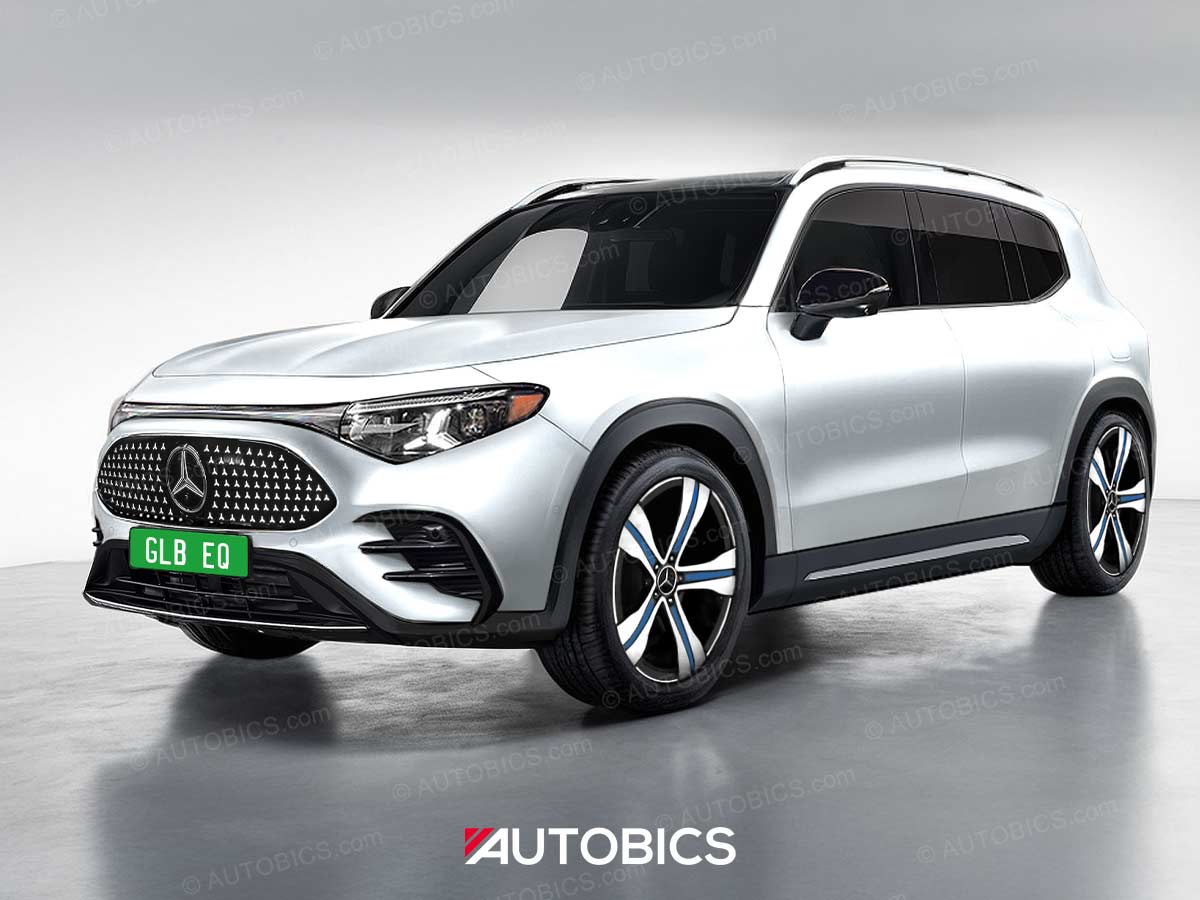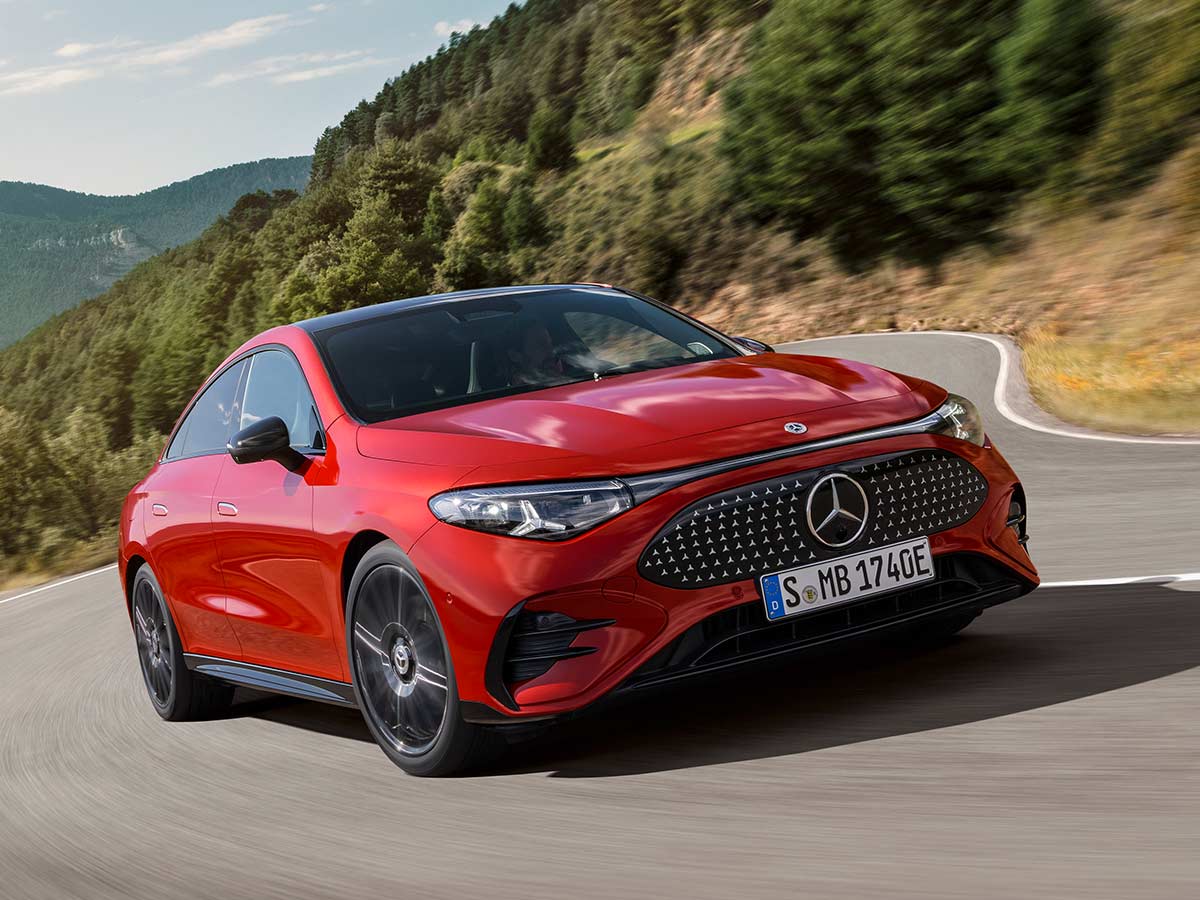If there’s one thing Mercedes-Benz does better than anyone, it’s turning innovation into emotion. And with the ELF – short for Experimental Lade Fahrzeug or Experimental Charging Vehicle – the brand isn’t just reinventing the electric car; it’s reinventing the way we think about charging itself.
Forget everything you know about plugging in your EV. The ELF is a rolling lab, a technological playground on wheels, where Mercedes engineers are tearing down the barriers between vehicles, power grids, and everyday life. It’s not just an experiment – it’s a glimpse into a future where your car is as smart and powerful as your home.
>>> Great Discounts on Car & Bike Accessories <<<
Charging at Lightning Speed
Let’s start with the headline-grabber: speed. The ELF can charge faster than you can order a latte. Thanks to a dual setup featuring both MCS (Megawatt Charging System) and CCS (Combined Charging System) connectors, this prototype pushes charging performance into uncharted territory.
- MCS, originally designed for heavy-duty trucks, brings power in the megawatt range. It’s used to push the limits of battery cooling, cable durability, and power electronics.
- CCS, the standard for passenger cars, is pushed to its breaking point here – delivering up to 900 kW, enough to add 100 kWh in around ten minutes.
To put that into perspective, if your car had a 400 km range, you could recharge nearly all of it in the time it takes to scroll through your social feed. Mercedes-Benz is already feeding what it learns from ELF into future models, including the jaw-dropping CONCEPT AMG GT XX, which hit a record 1,041 kW peak during testing. That’s not charging – that’s lightning in a cable.
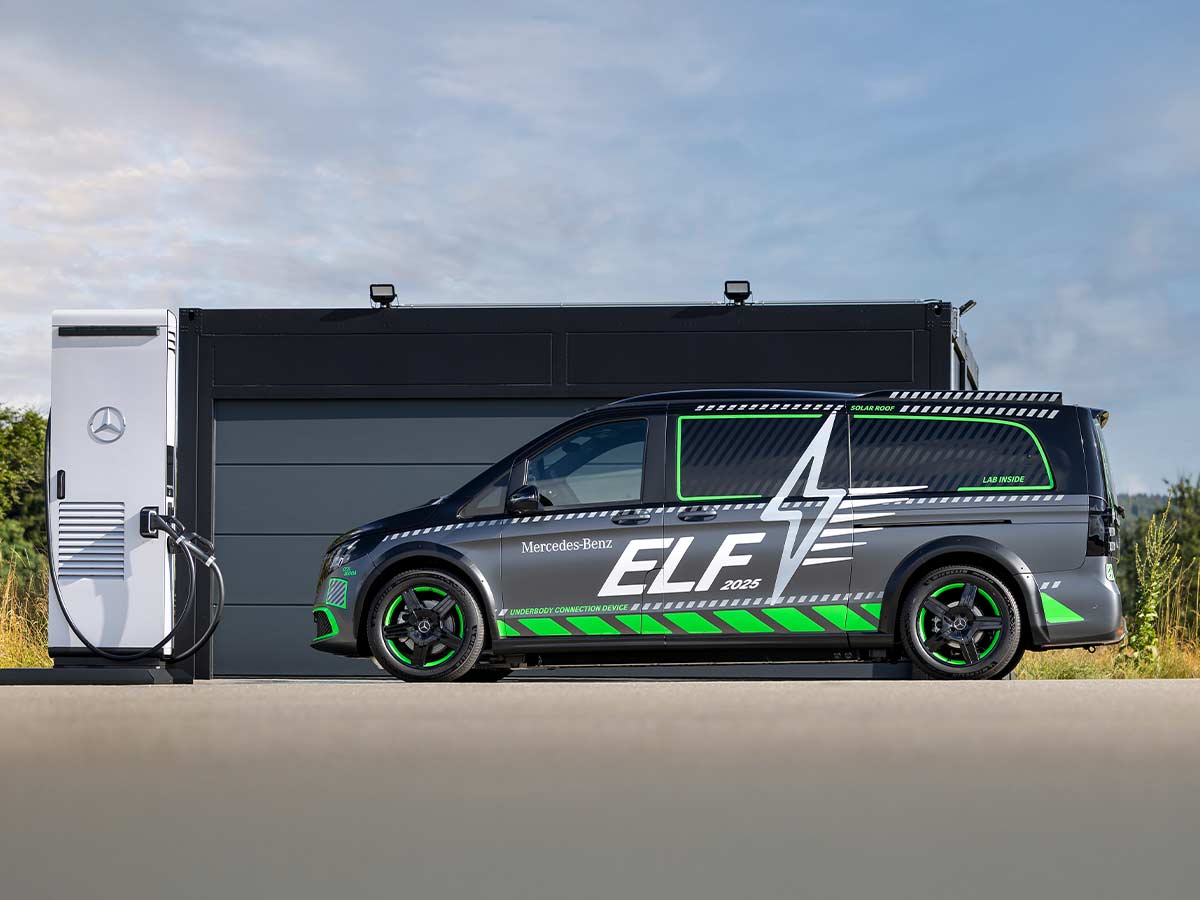
The Car That Gives Back – Bidirectional Power
Now, imagine your car not just taking energy from the grid but giving it back. That’s the magic of bidirectional charging, and the ELF is leading the charge (pun intended).
The idea is simple but game-changing: your EV becomes a power bank on wheels. With Vehicle-to-Home (V2H), Vehicle-to-Grid (V2G), and Vehicle-to-Load (V2L) systems, the ELF can send electricity back into your home, support the power grid, or even run tools and appliances.
Mercedes says a typical EV battery (70–100 kWh) could power an average home for up to four days. That’s independence. That’s peace of mind. And in the near future, it’s going to be reality.
By 2026, Mercedes-Benz will launch its first bidirectional charging services in Germany, France, and the UK. The upcoming EQ models, like the all-electric CLA and GLC, will already be equipped for it. Paired with MB.CHARGE Home, owners will be able to control charging, sell electricity back to the grid, and even earn savings – up to €500 a year, according to Mercedes.
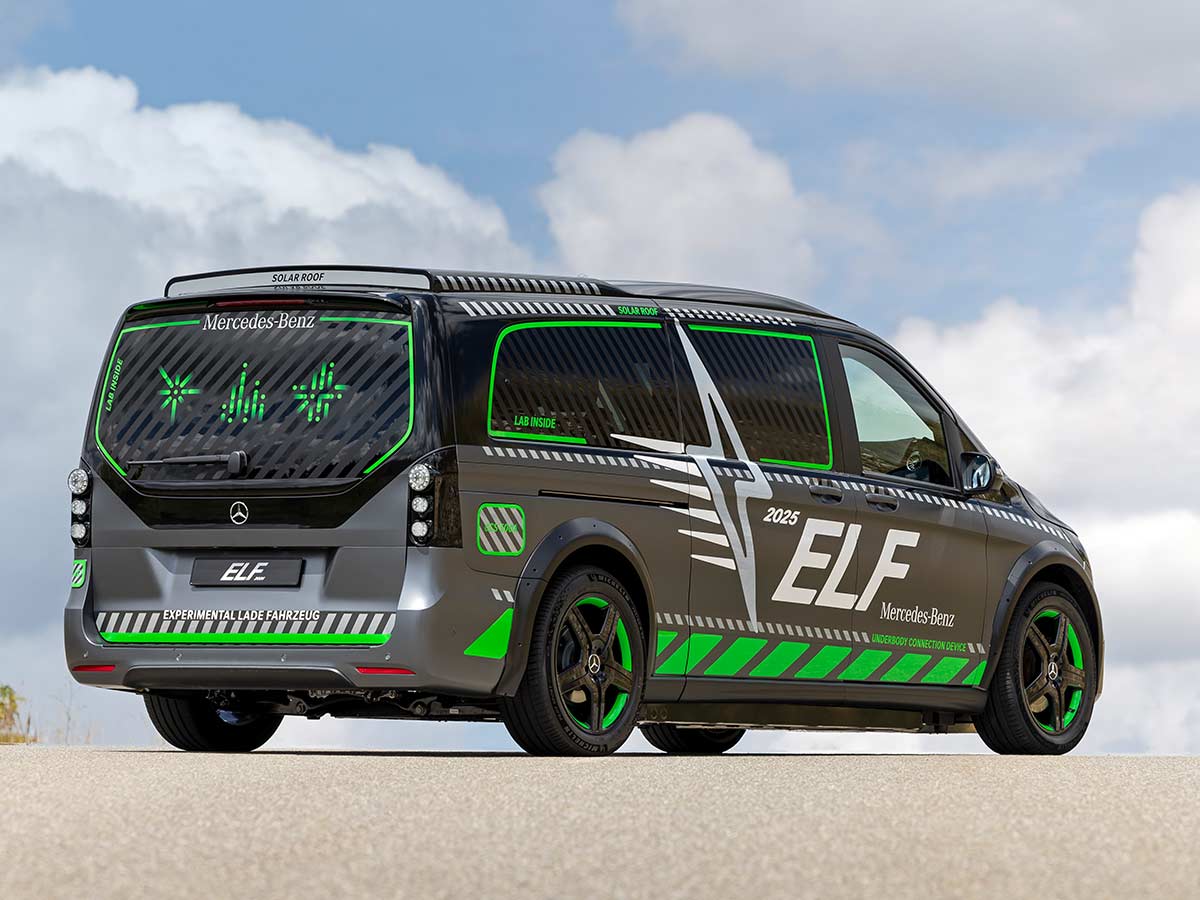
Your Energy, Anywhere – The “Virtual Energy Account”
Here’s where it gets futuristic. Mercedes-Benz is exploring a concept called the “virtual energy account.” Think of it as an energy wallet that follows you wherever you go. You could generate solar power at home, earn energy credits for what you produce, and then “spend” those credits when you charge your car on the road.
It’s the kind of seamless ecosystem Tesla dreamed of – but Mercedes might actually pull off. With its MB.CHARGE platform, the brand already has the digital backbone to make this happen, tying together vehicles, charging points, and even personal energy profiles. The endgame: total freedom from fluctuating electricity prices and a grid that’s more resilient because of it.
Goodbye Cables – Hello Wireless Charging
Ever parked your phone on a wireless pad? Now imagine that, but with your car. The ELF is testing inductive charging using magnetic resonance – power flows through the air between a ground pad and a receiver under the car. No cables, no plugs, no hassle.
The current test setup delivers 11 kW, similar to a standard wallbox, but the potential goes much further. Picture a future where you just park and walk away while your car silently tops up. In dense cities or busy fleets, it’s a dream solution. Mercedes sees big potential for “hands-free charging” especially in markets like Asia and South Africa, where safety and space are key concerns.
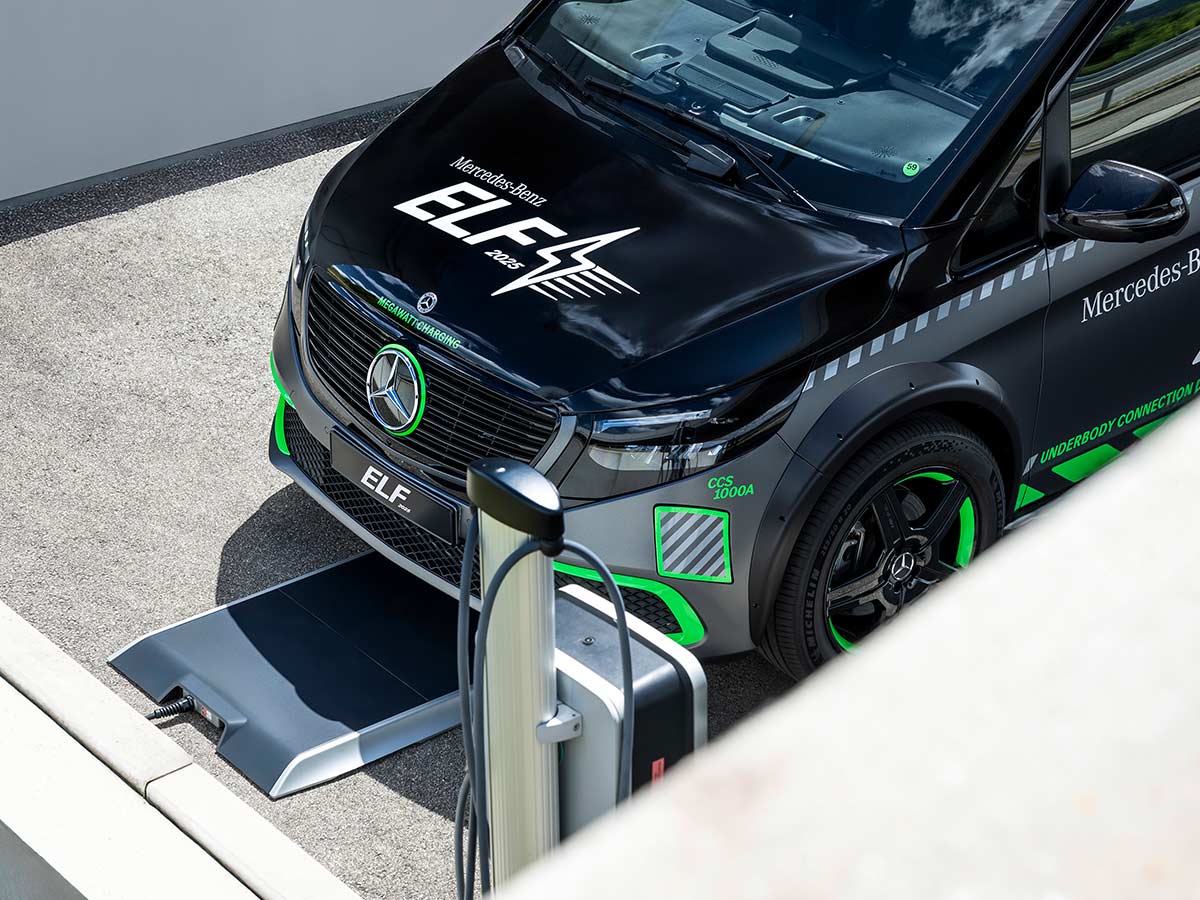
Conductive Charging and Robotics – The Smart Garage of Tomorrow
Mercedes is also experimenting with automated conductive charging, which uses a small plate embedded in your garage floor. When you park, the car aligns itself, and charging begins instantly. It’s fast, tidy, and removes all those dangling cables that clutter your space.
And if you think that’s futuristic, wait till you hear about the robots. Yes – robotic charging arms that automatically connect vehicles at public stations or fleet depots. It’s not sci-fi anymore; it’s in testing right now. Imagine your car plugging itself in while you’re grabbing dinner – that’s the convenience standard Mercedes is chasing.
More Than Just a Car – It’s an Ecosystem
The ELF is a statement that the electric revolution isn’t just about batteries or motors – it’s about rethinking energy itself. By combining ultra-fast charging, wireless convenience, and bidirectional power flow, Mercedes-Benz is proving that the future of mobility is deeply connected to the future of energy.
As the lines blur between your vehicle, your home, and the power grid, one thing is clear: the humble act of charging is about to become one of the most exciting parts of owning an electric car.
So, is the ELF a car? A lab? A vision? Honestly, it’s all three – and it’s pure Mercedes: daring, intelligent, and beautifully over-engineered.
